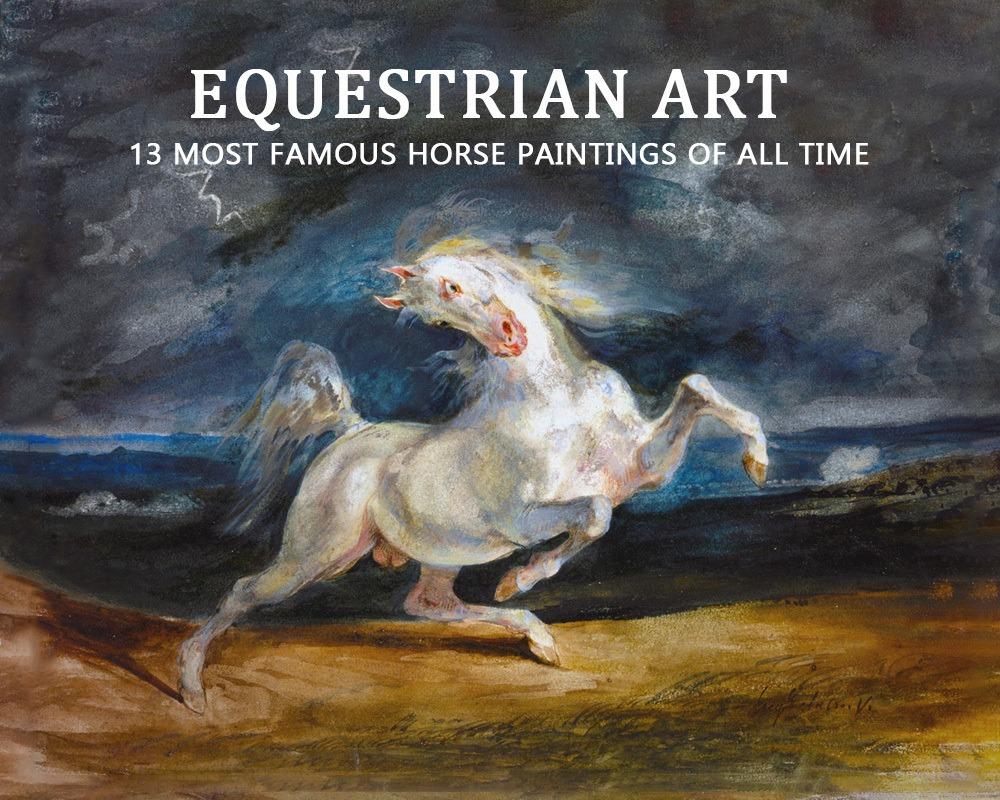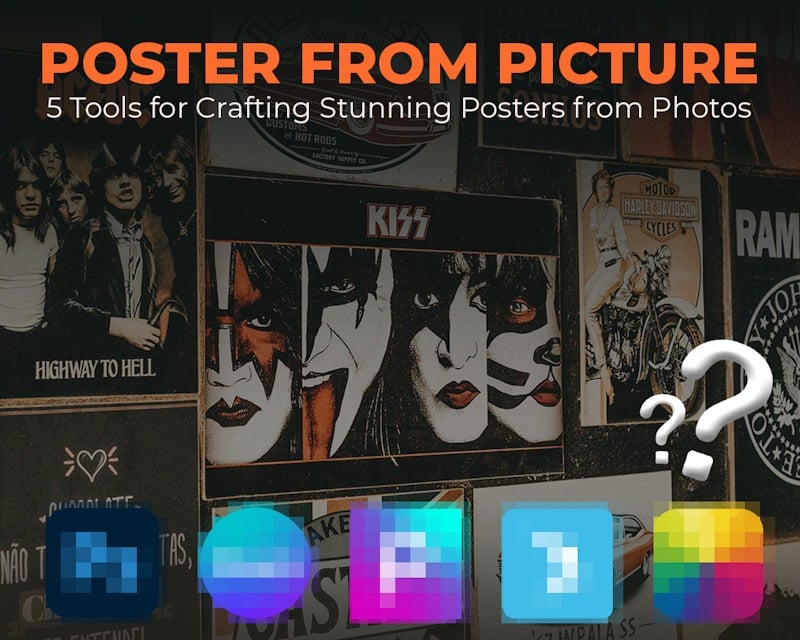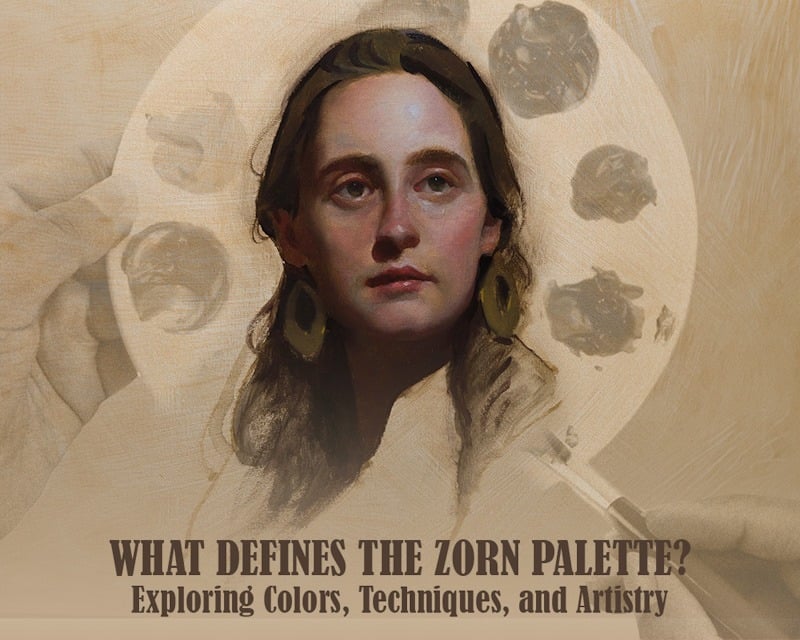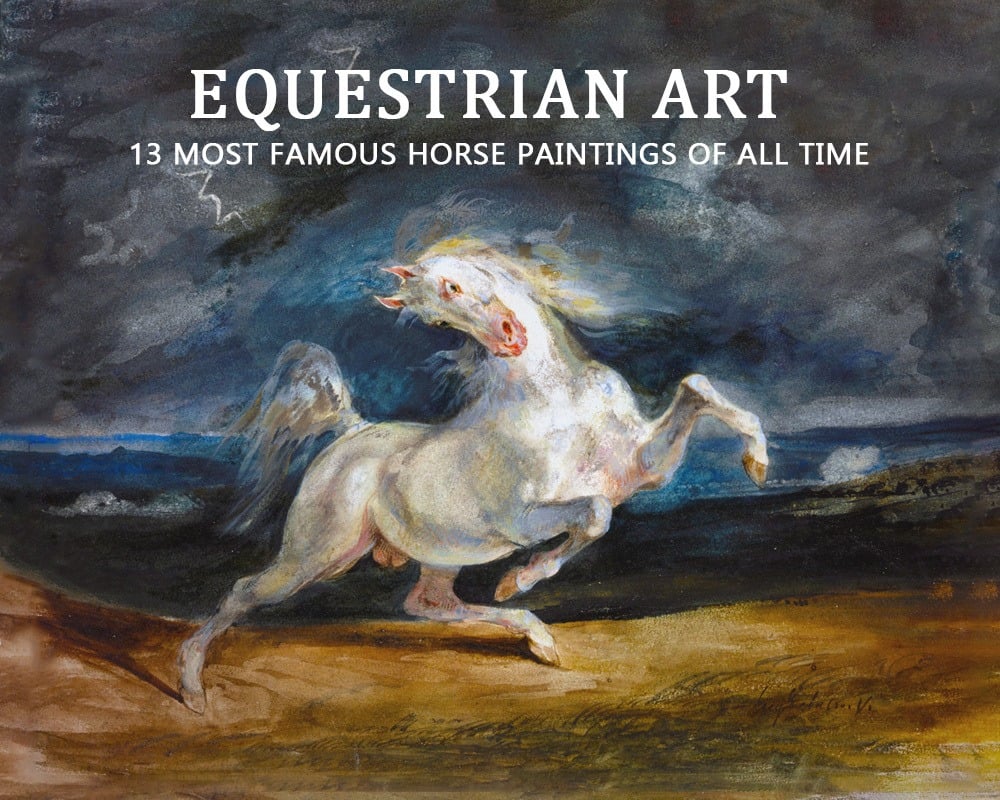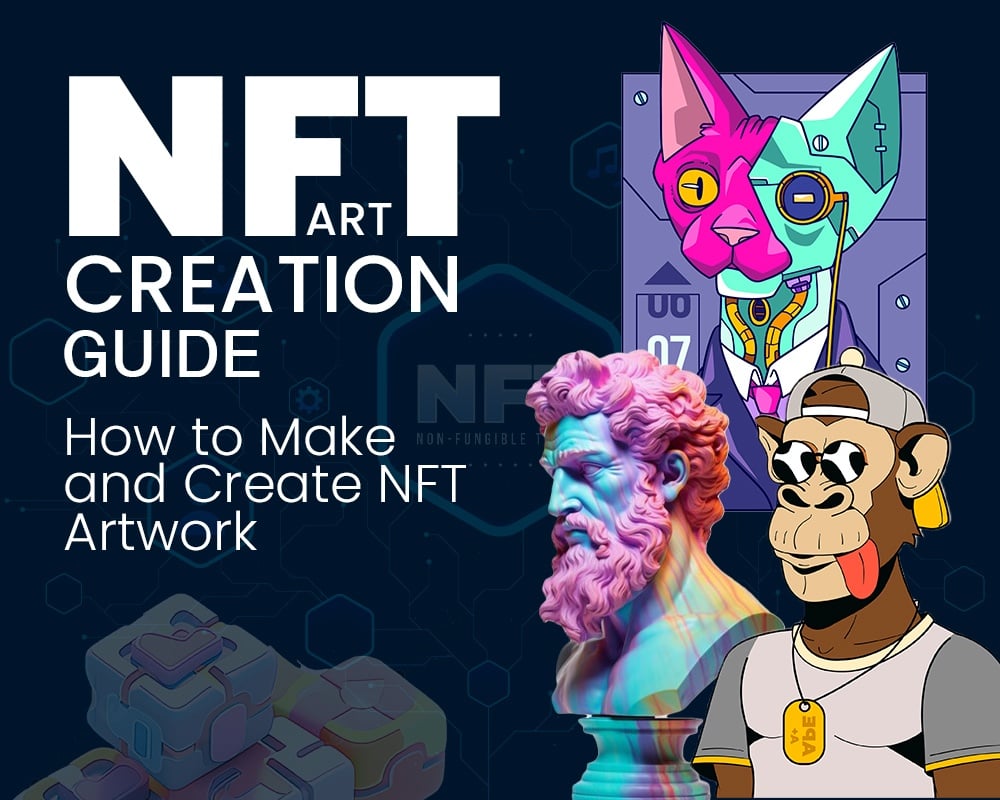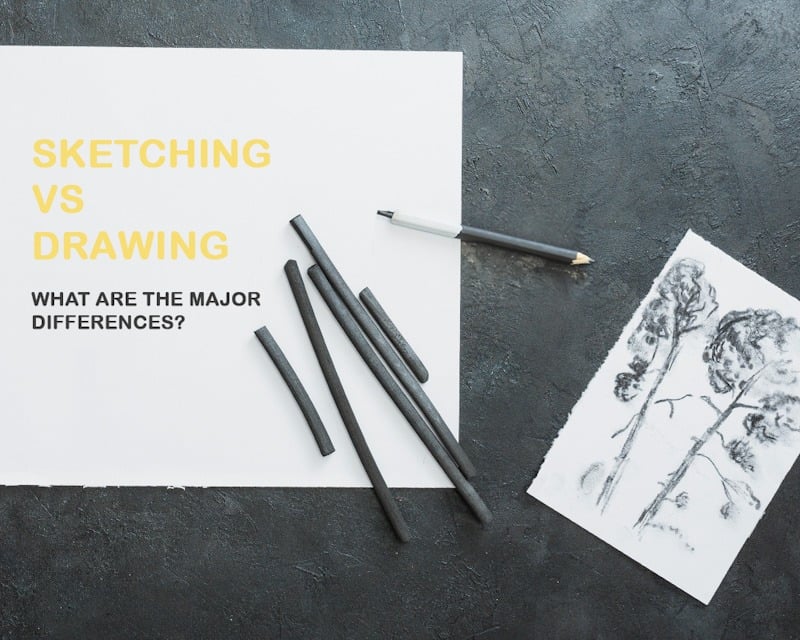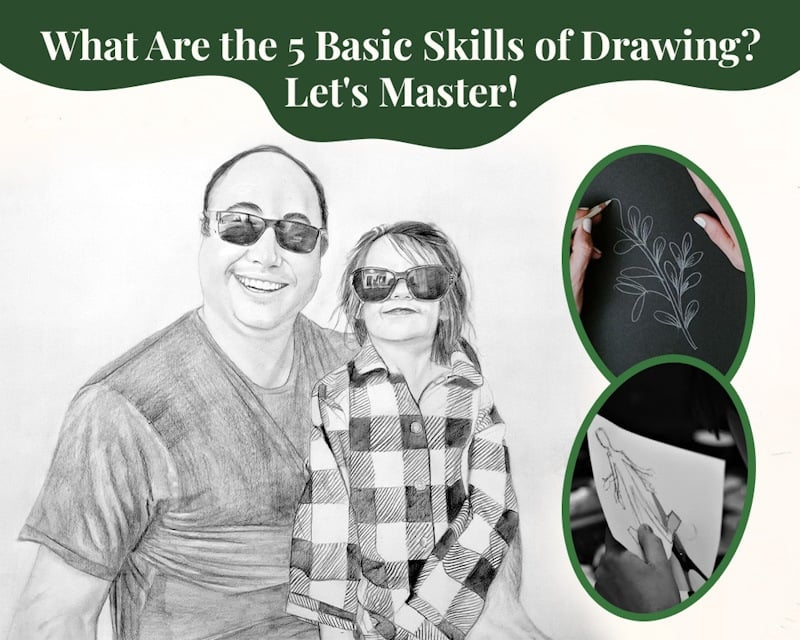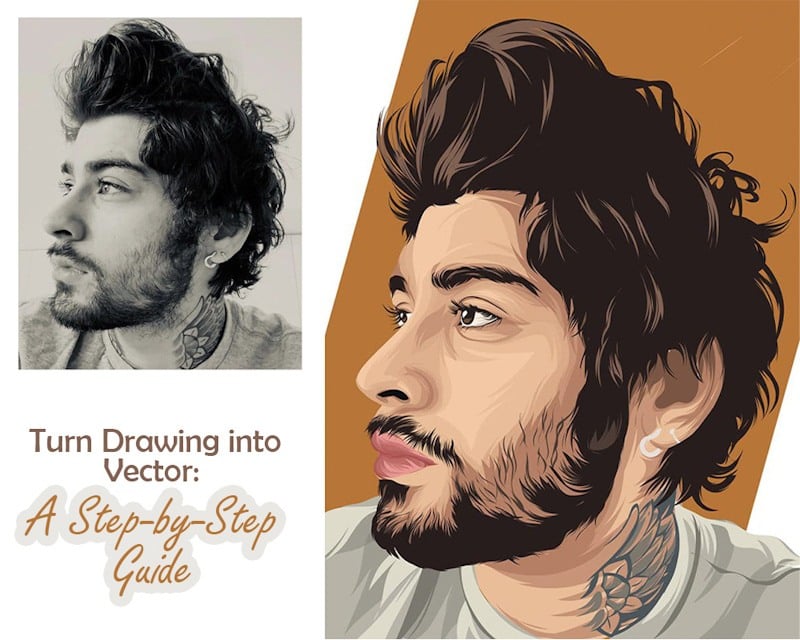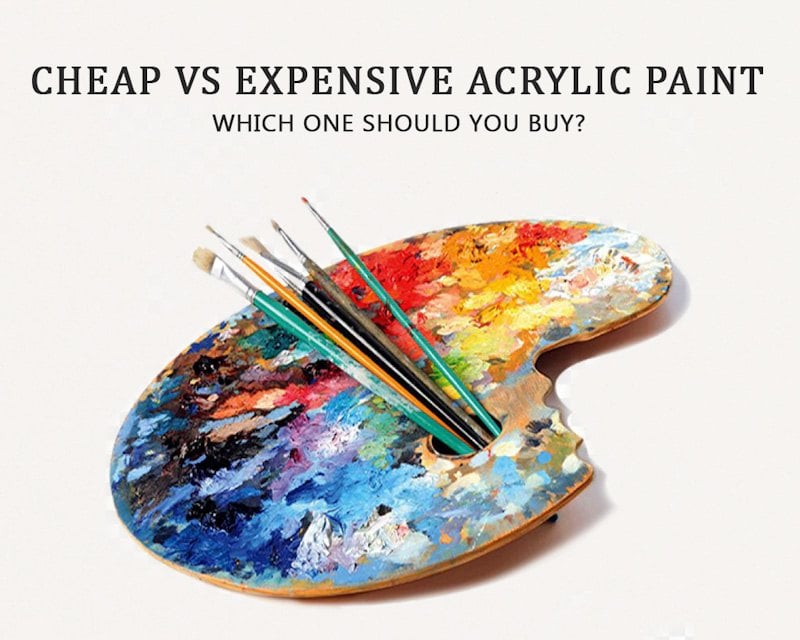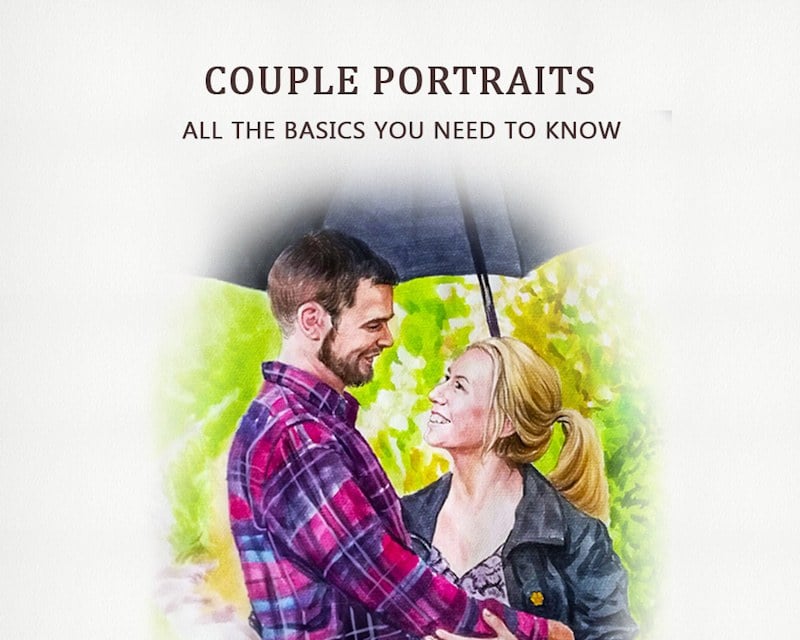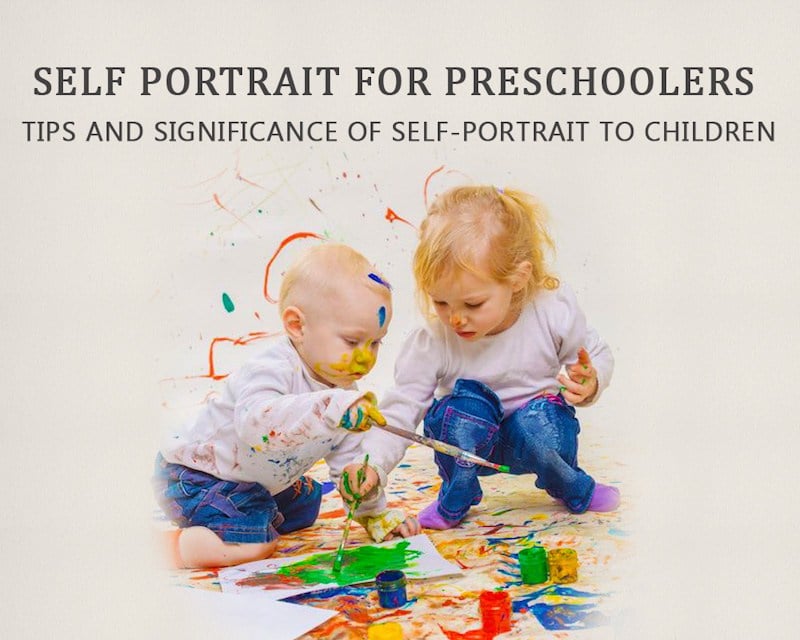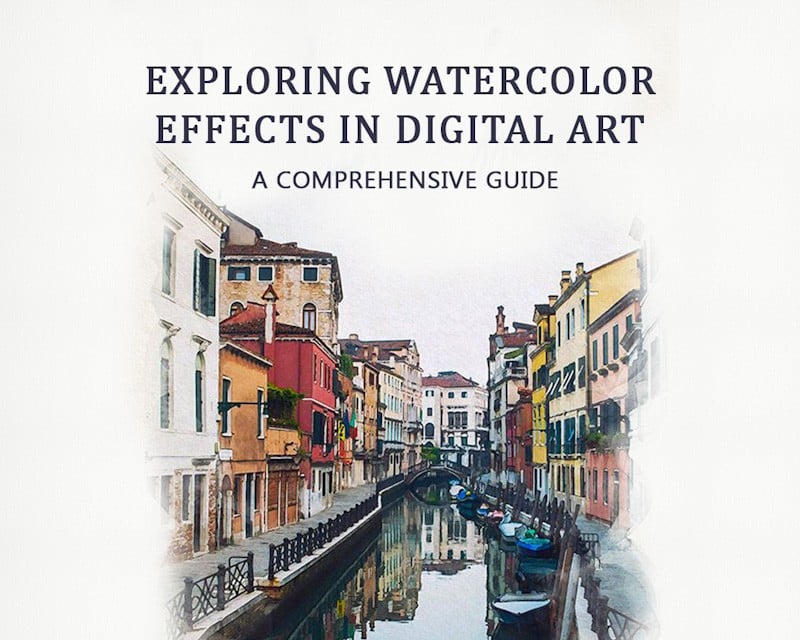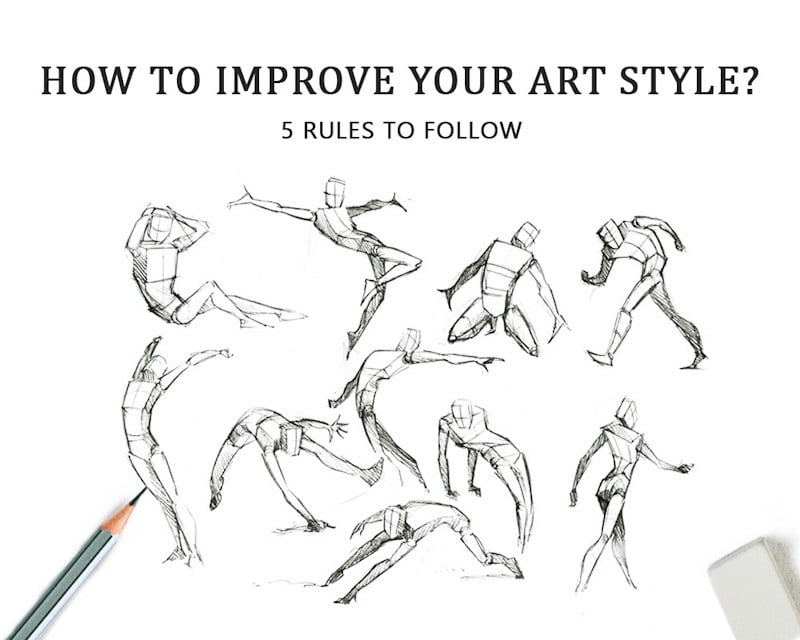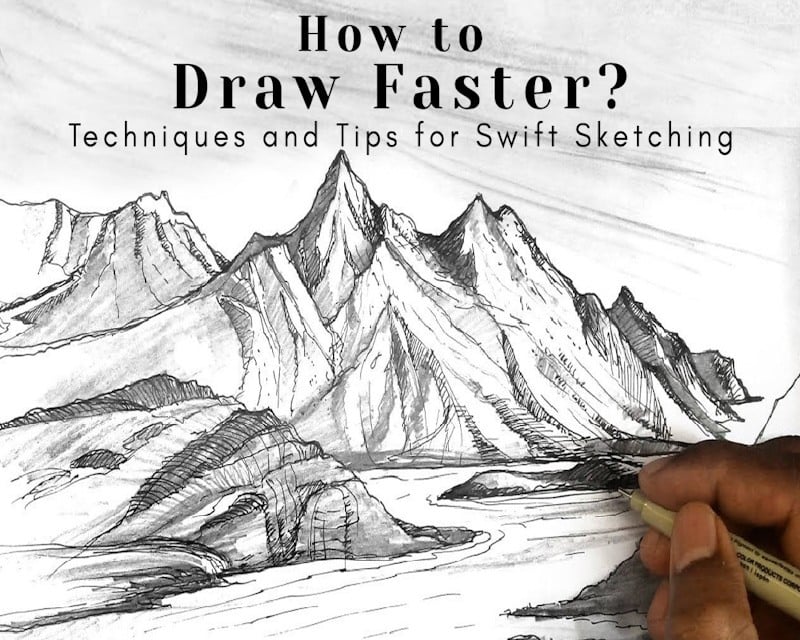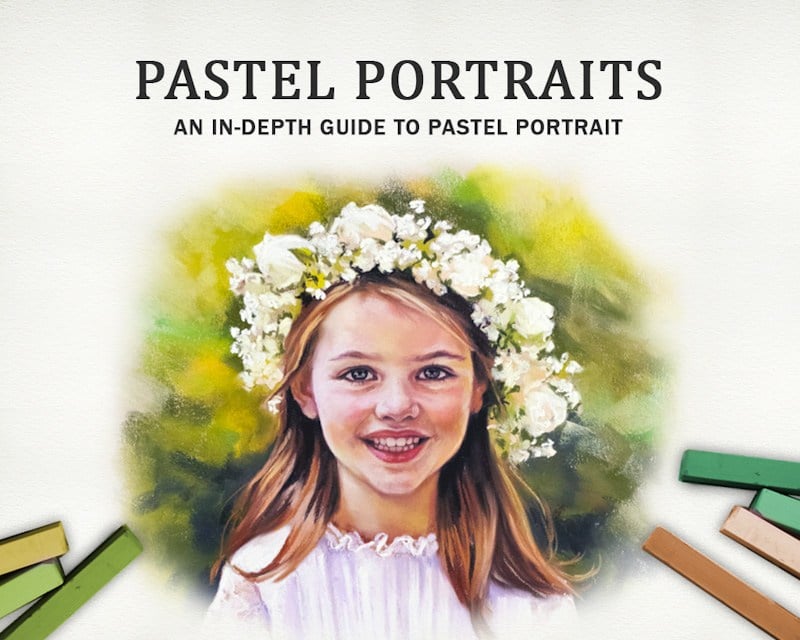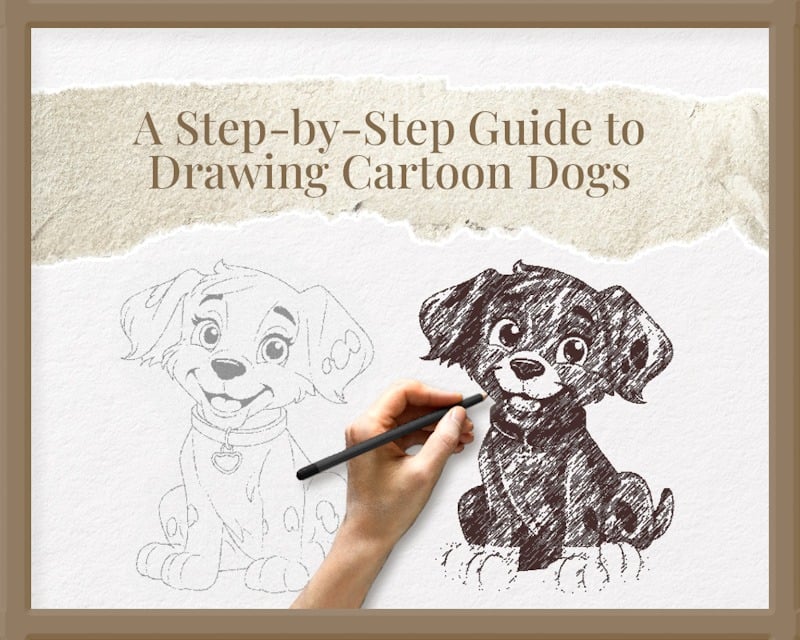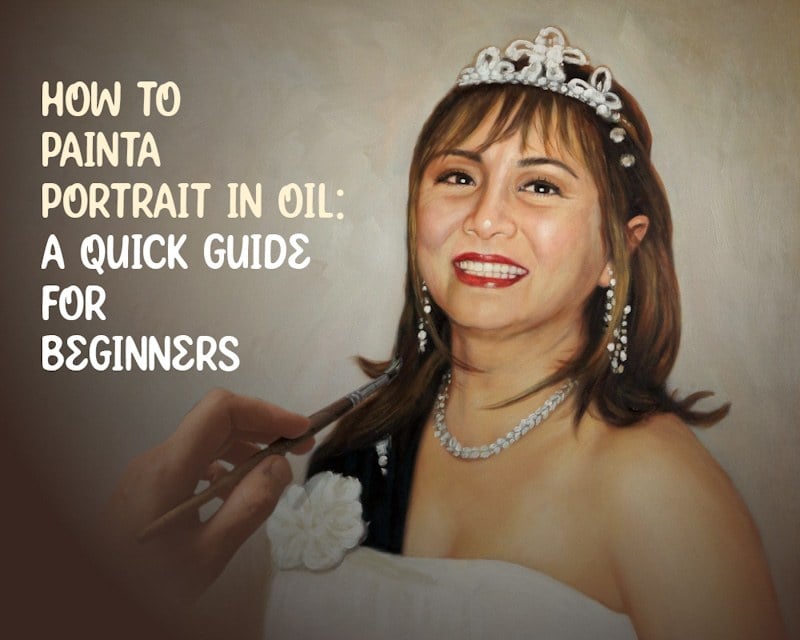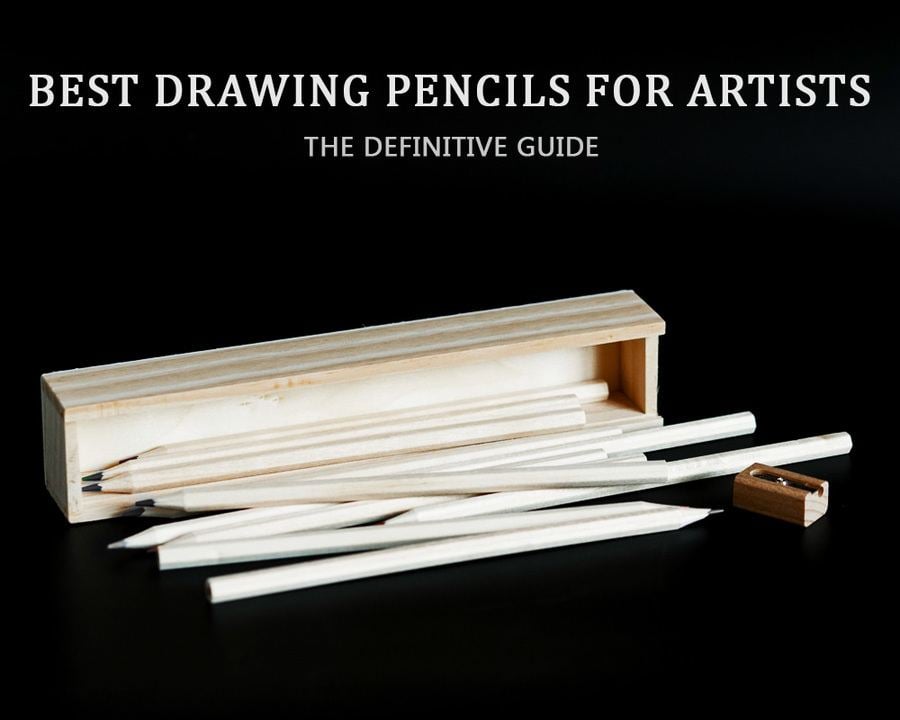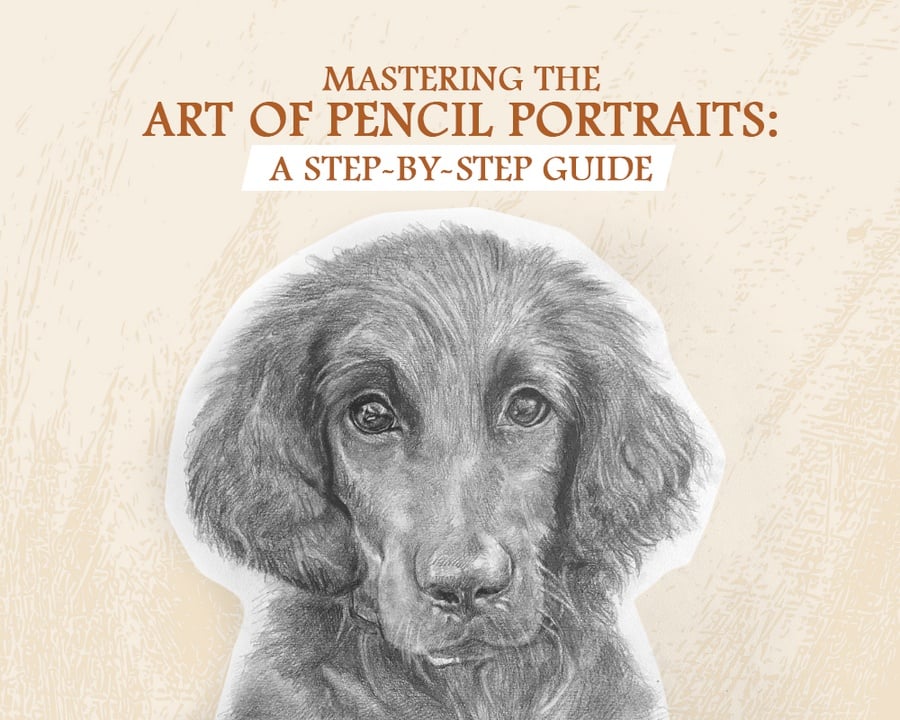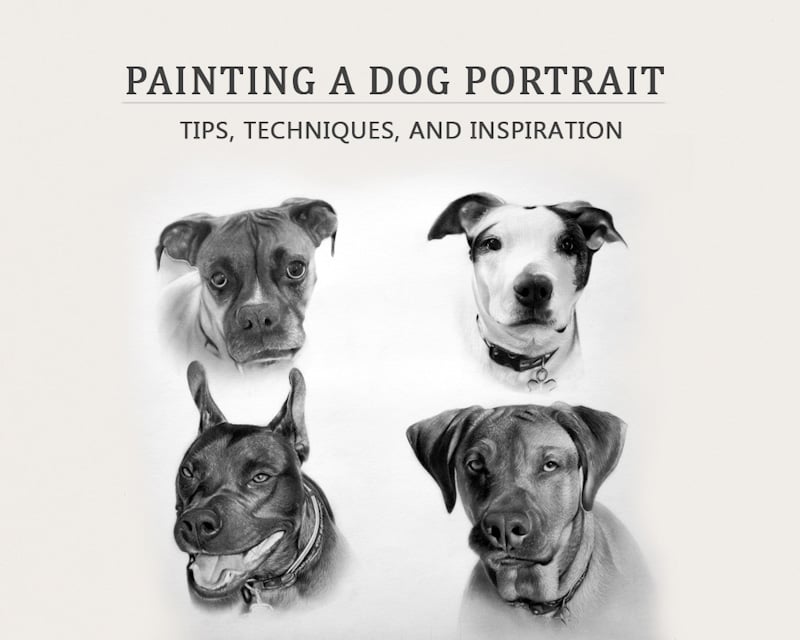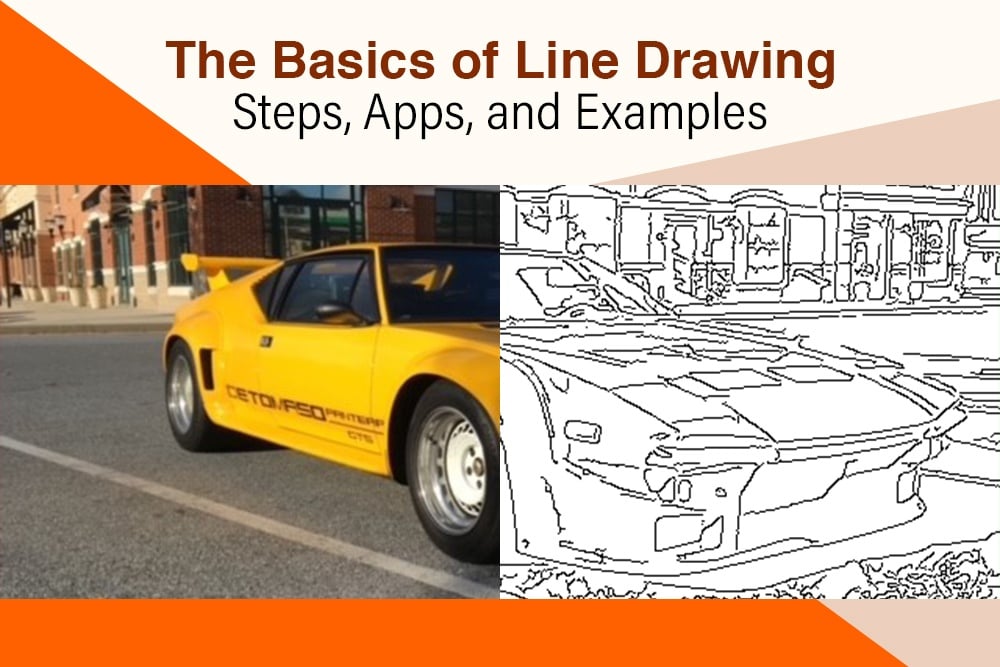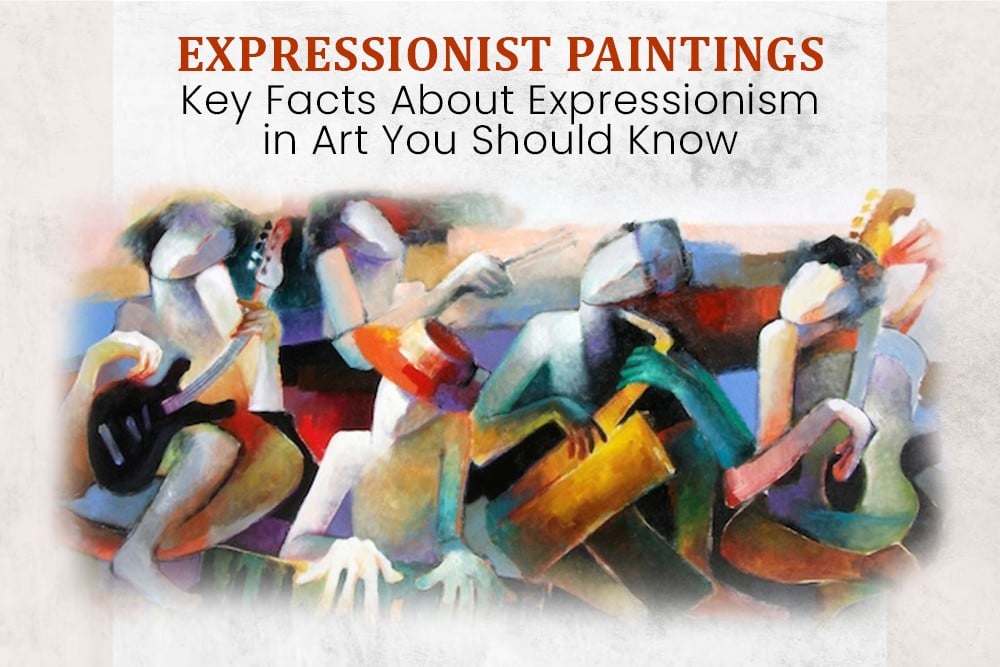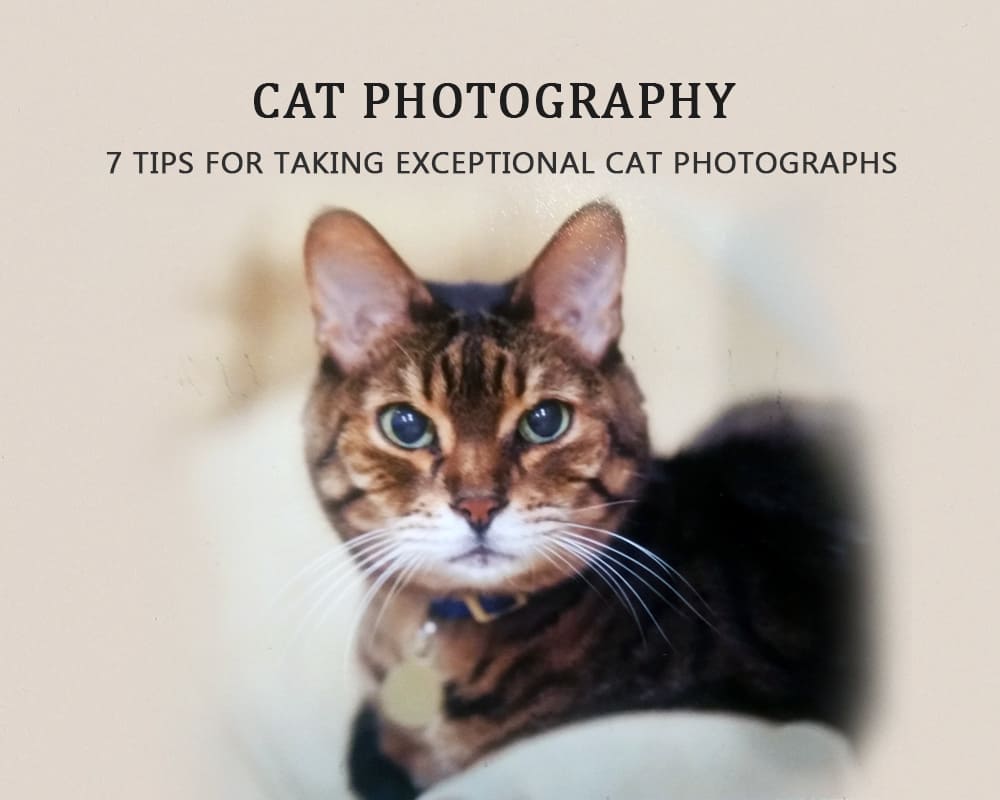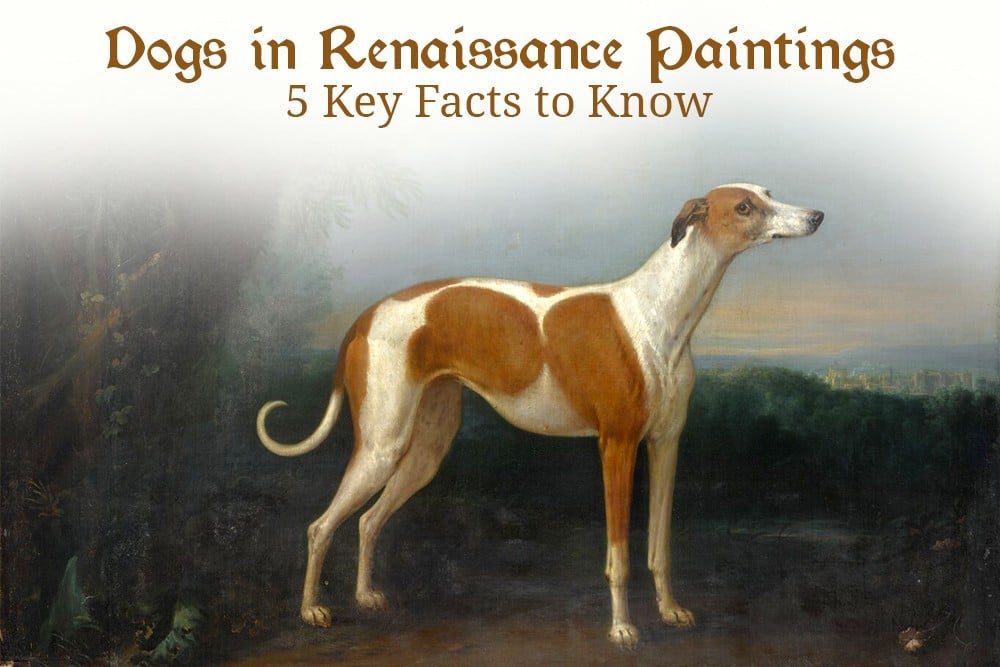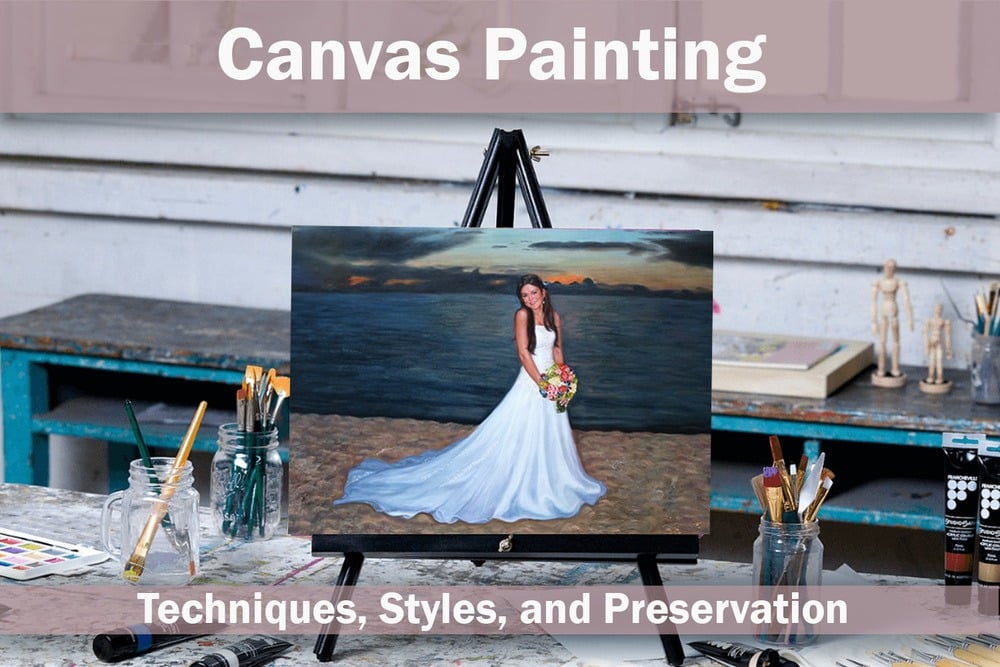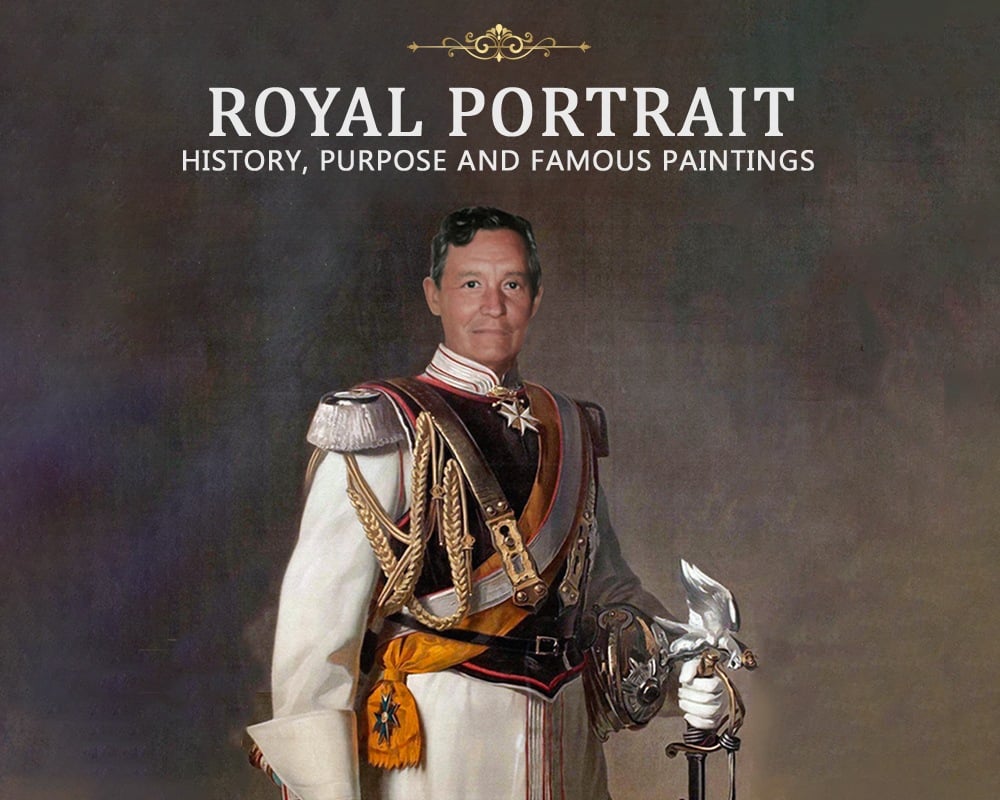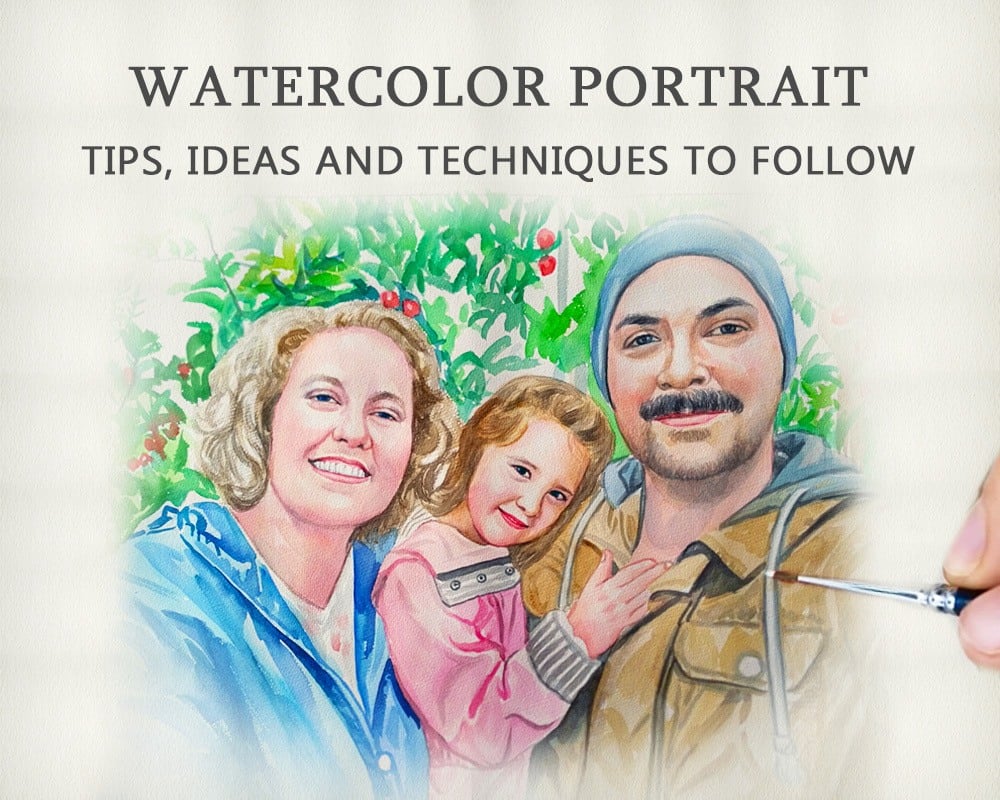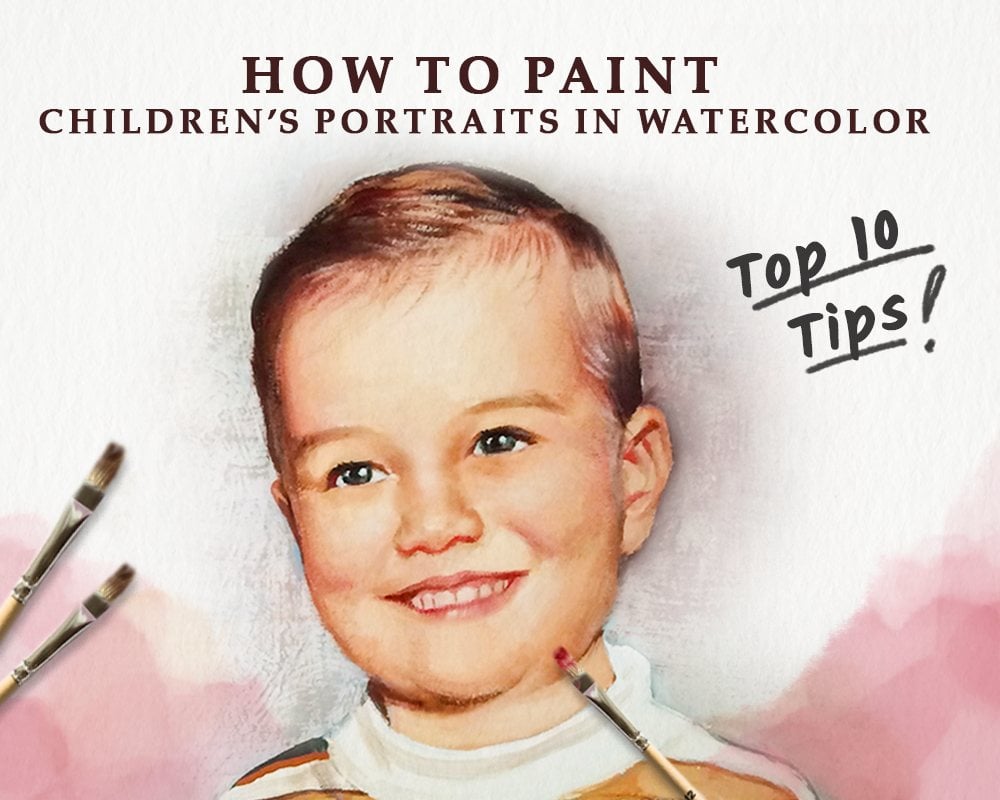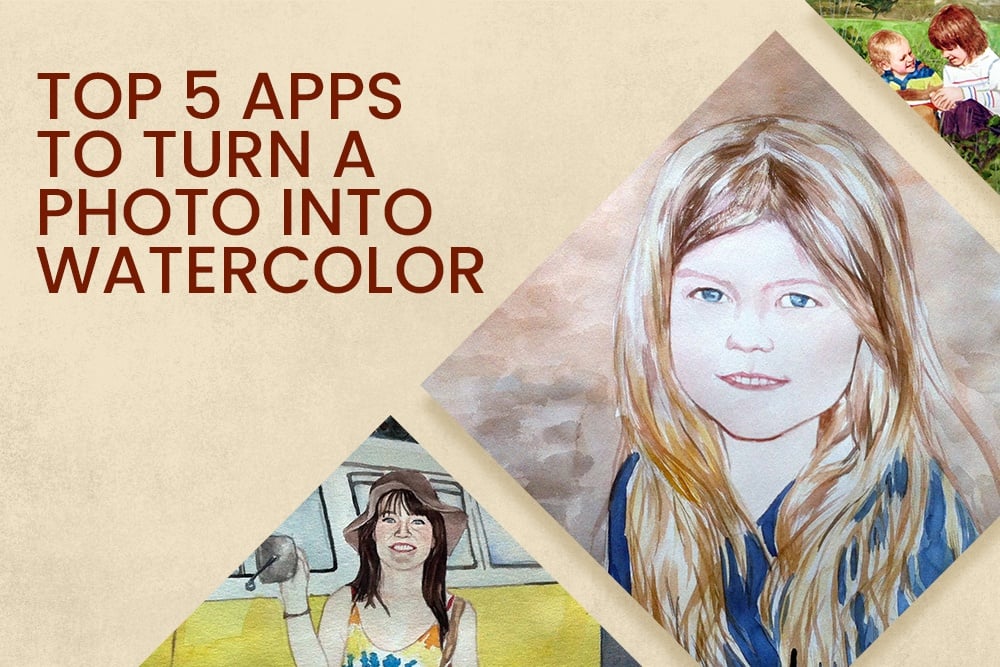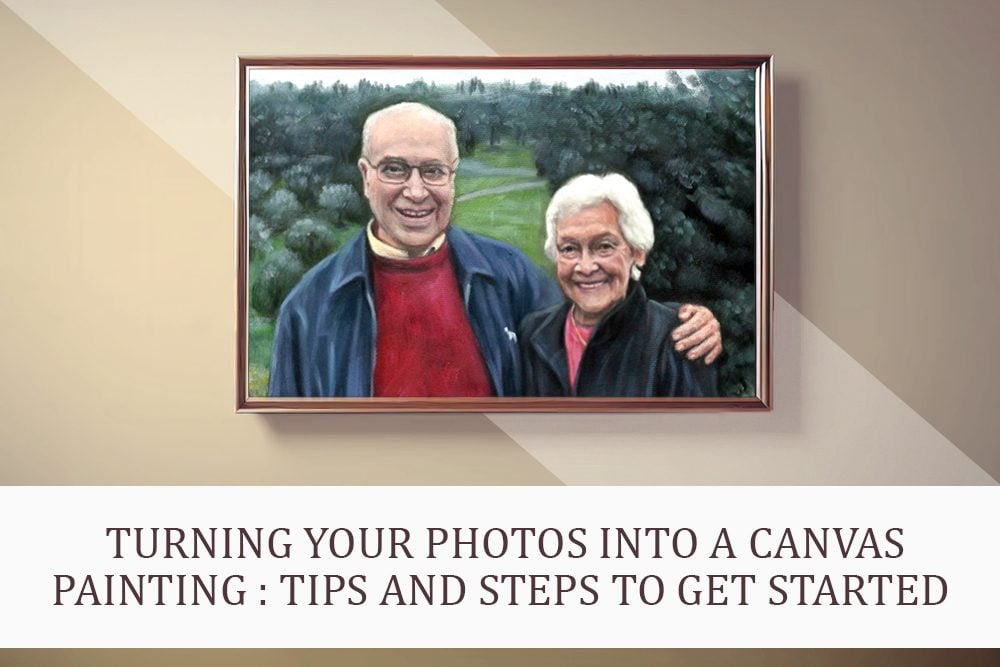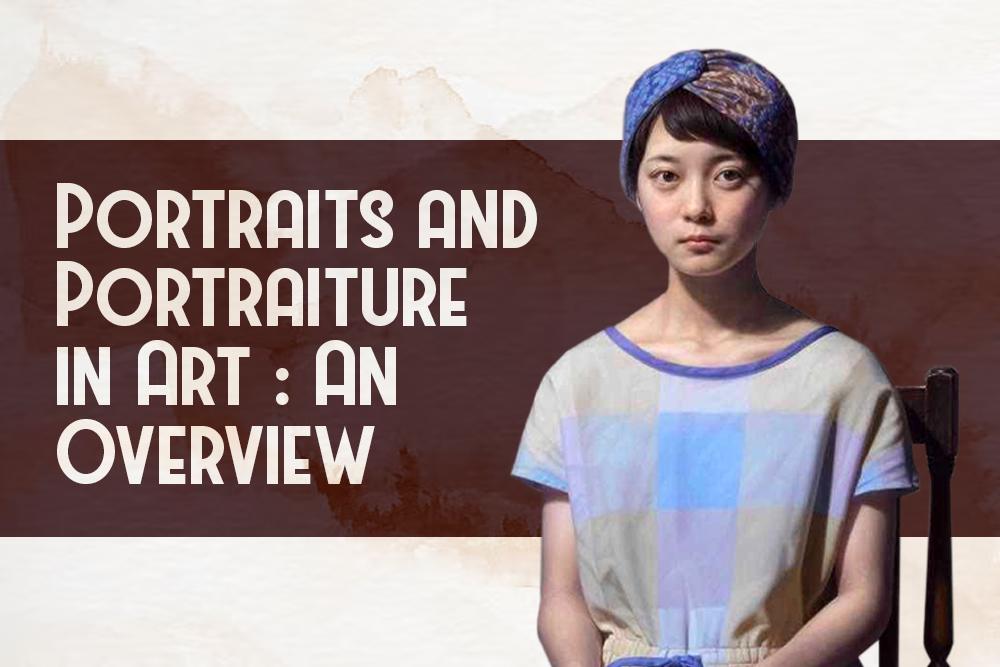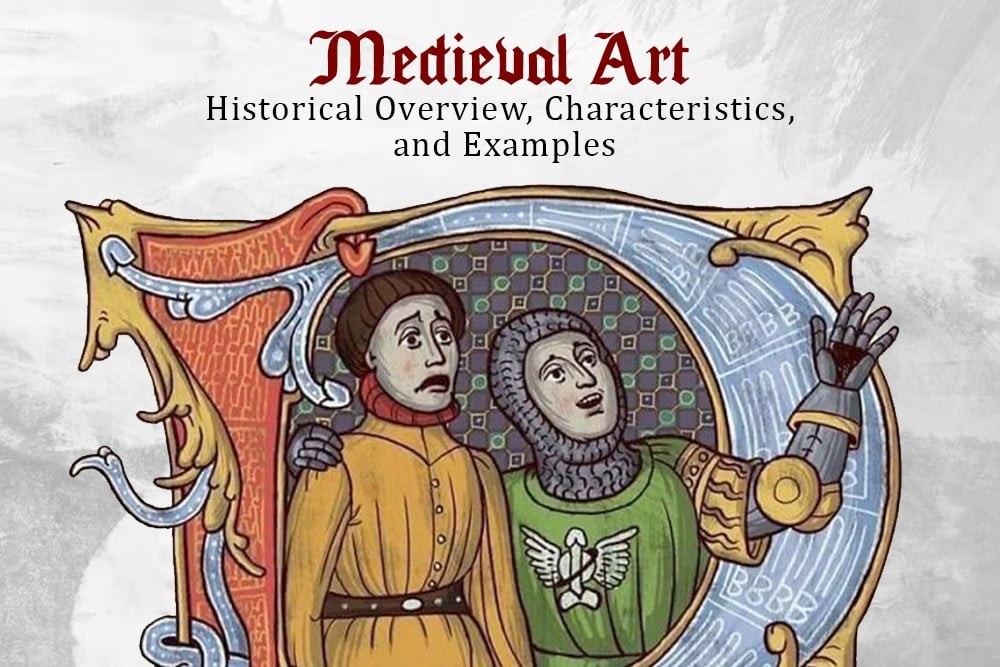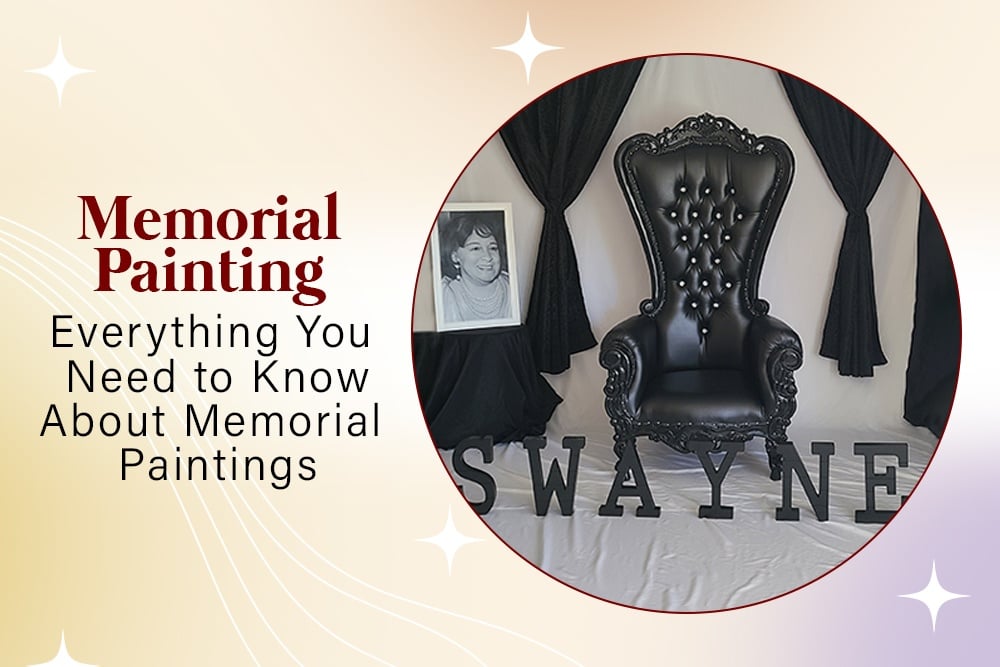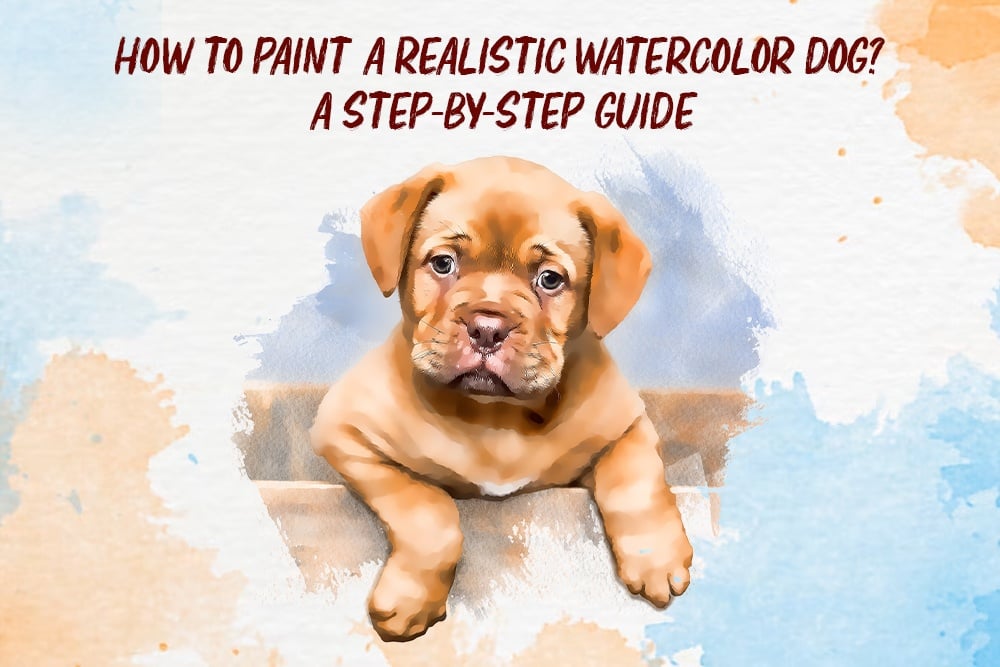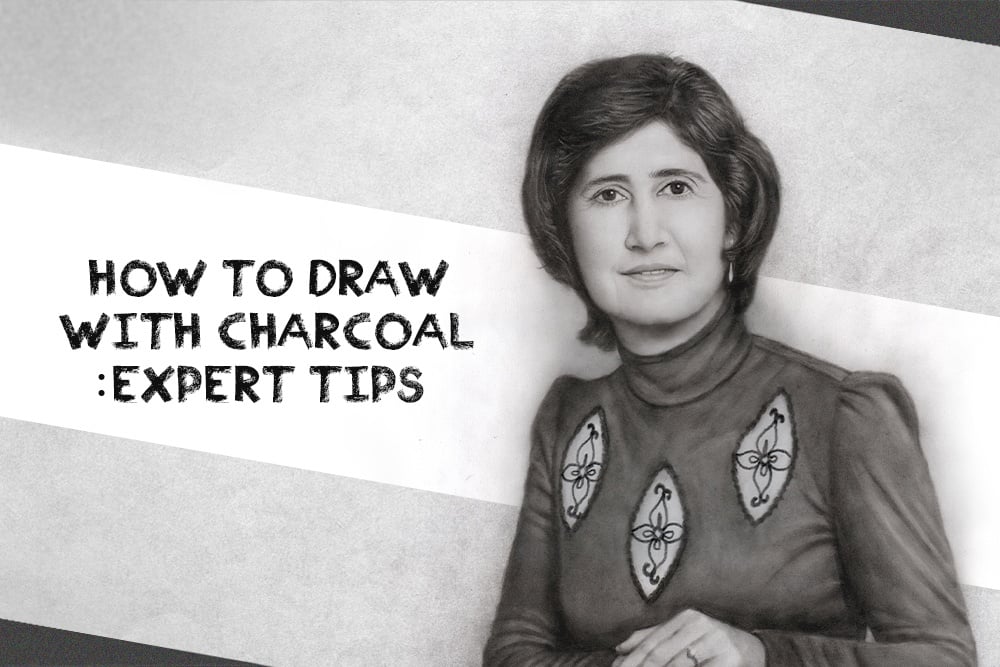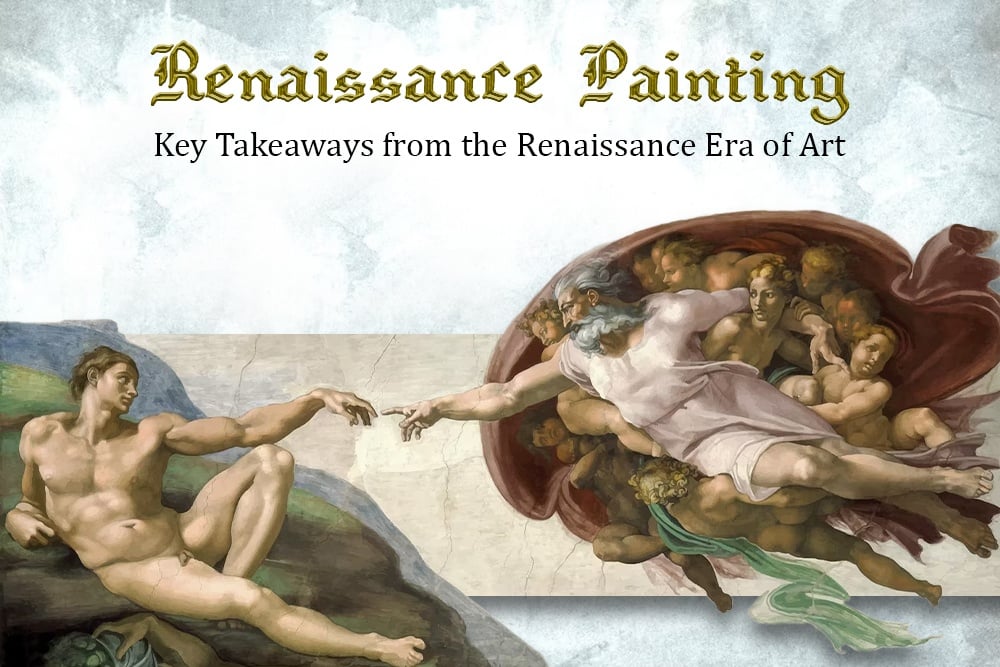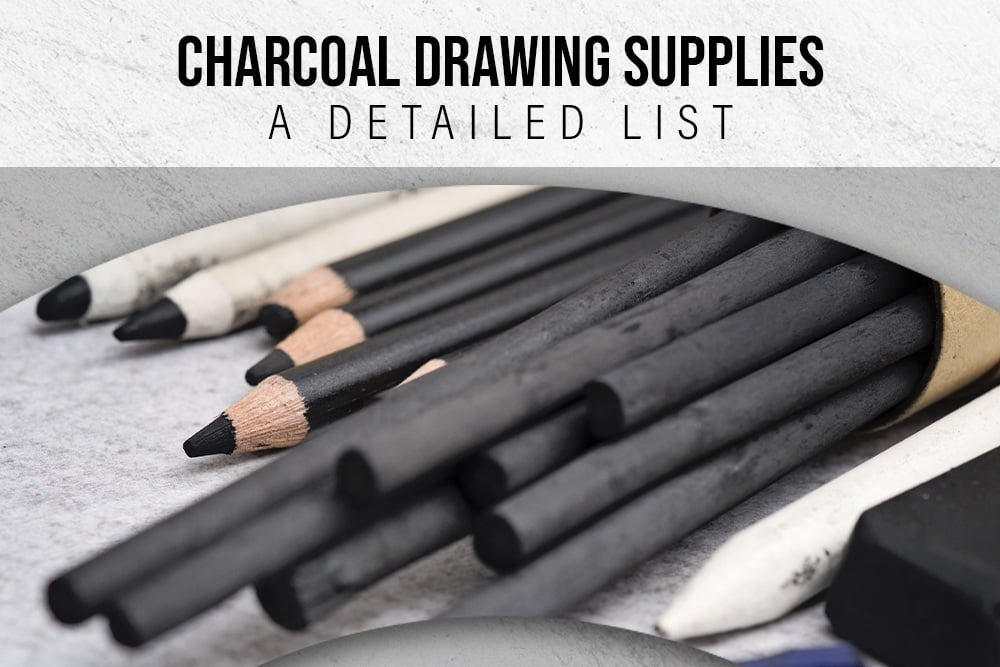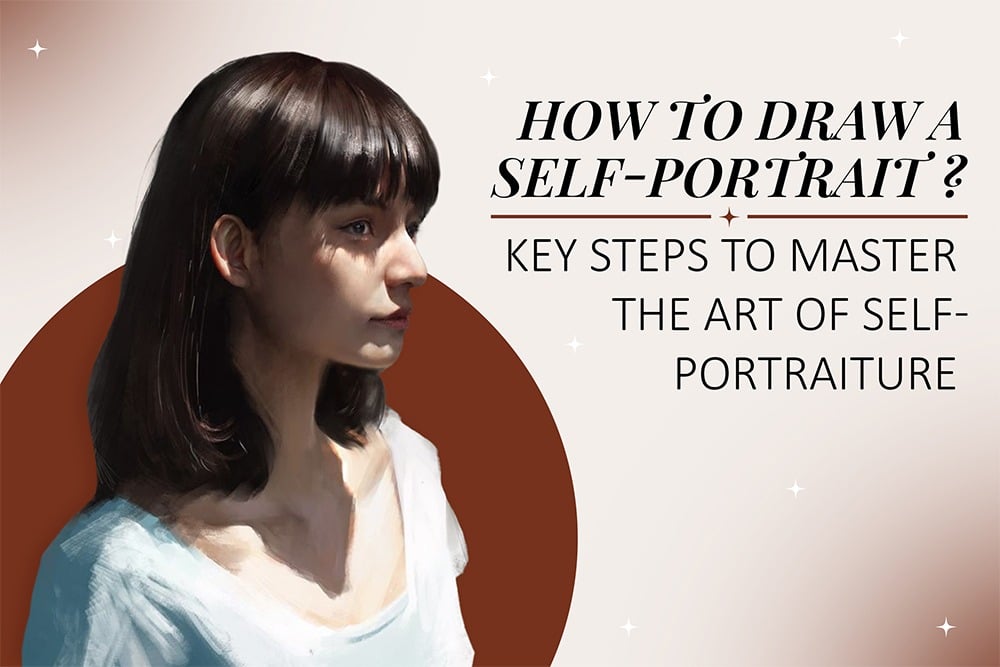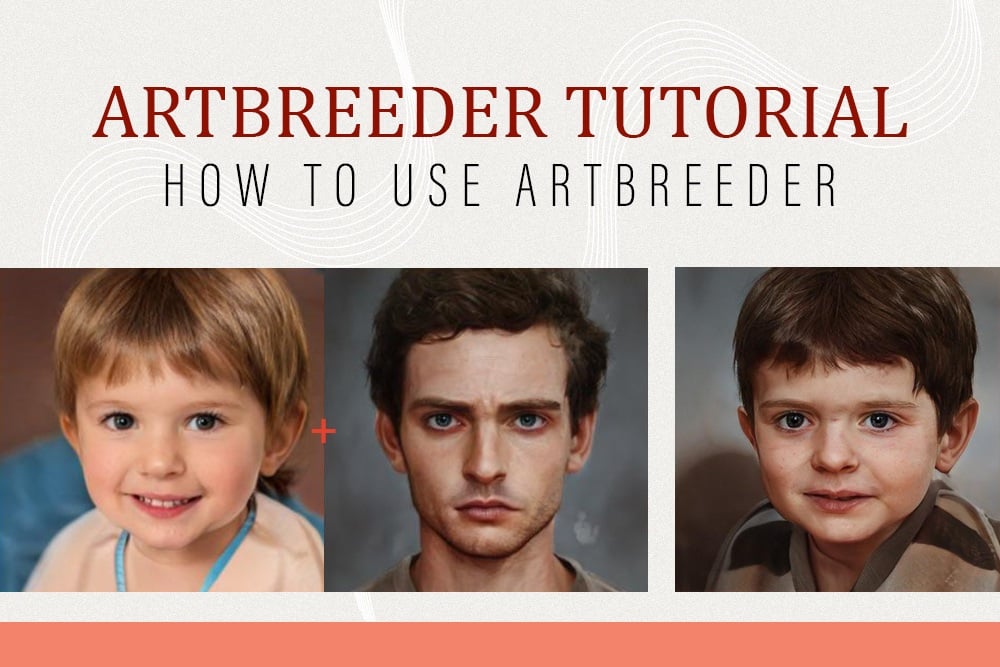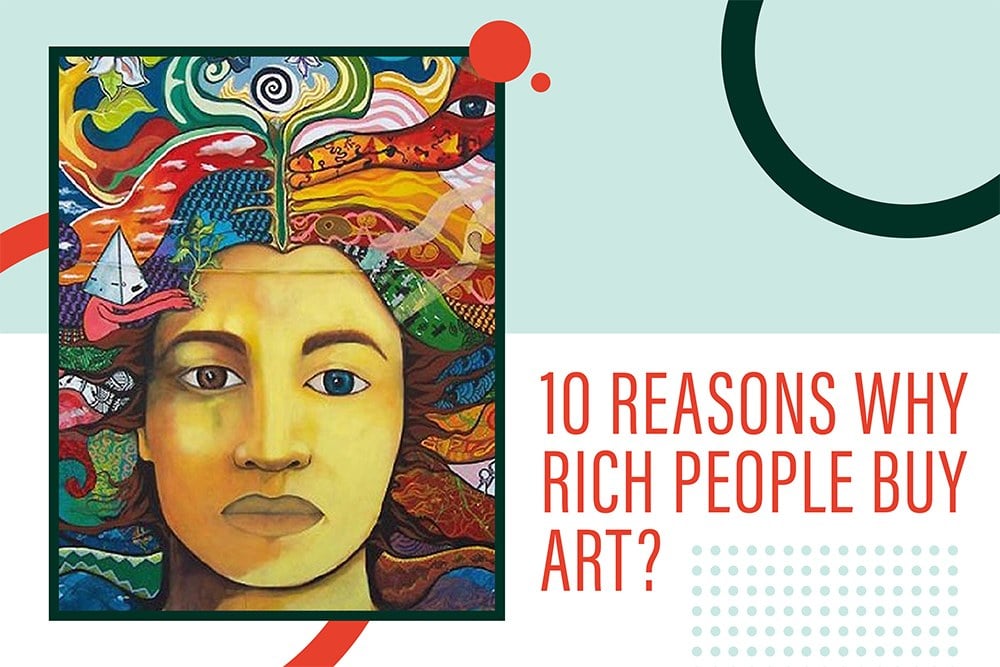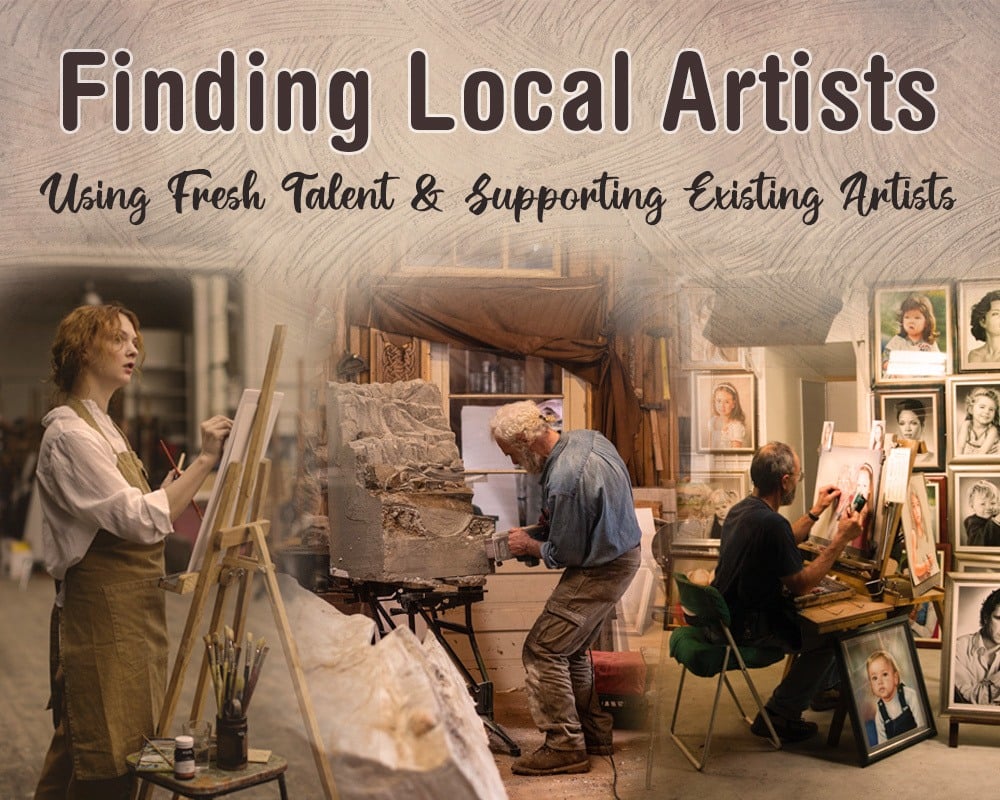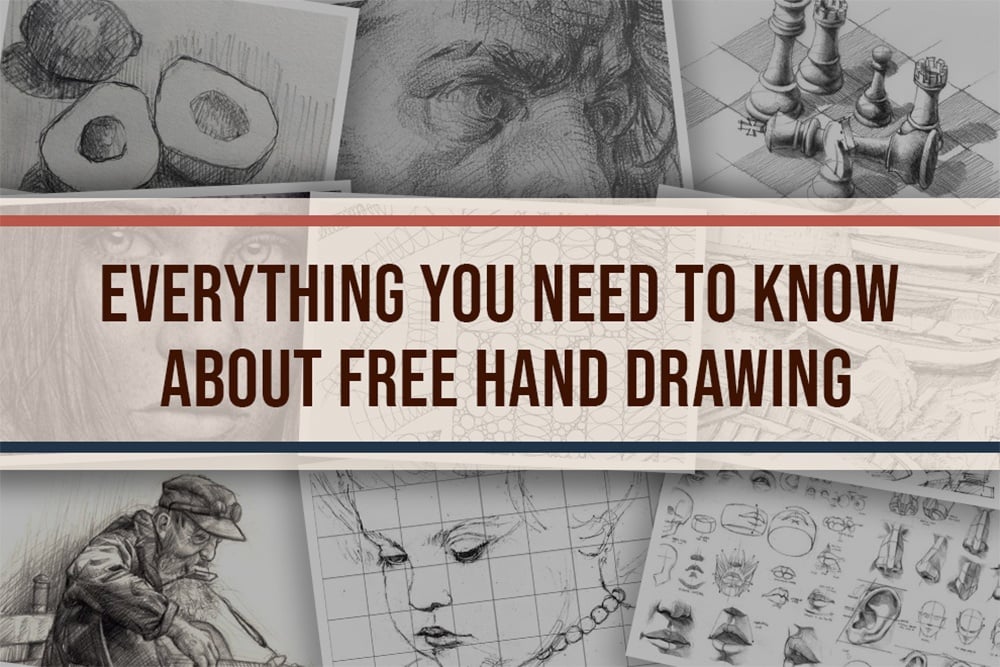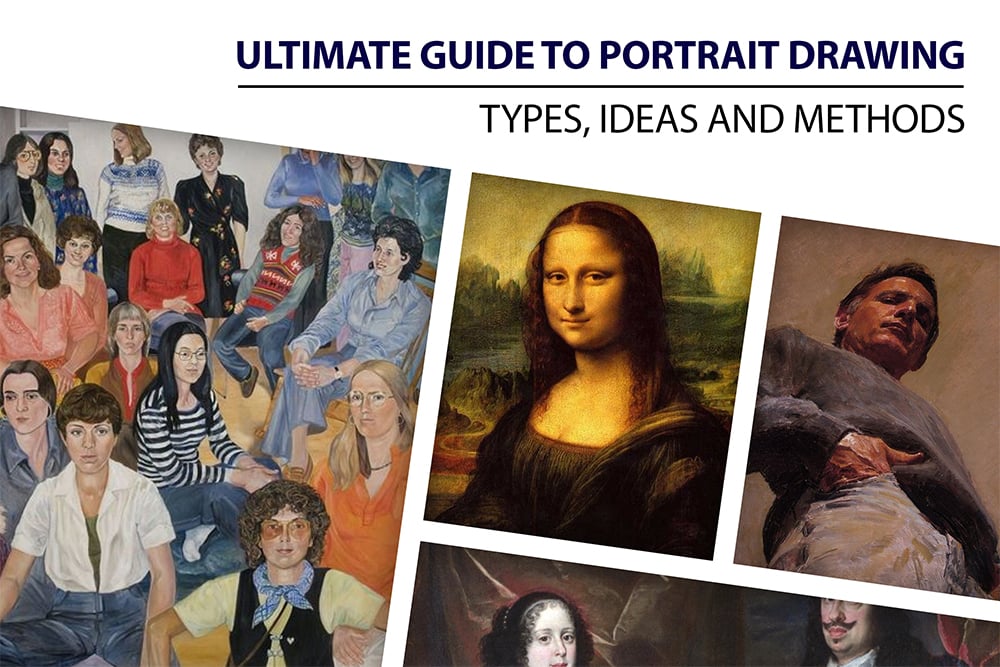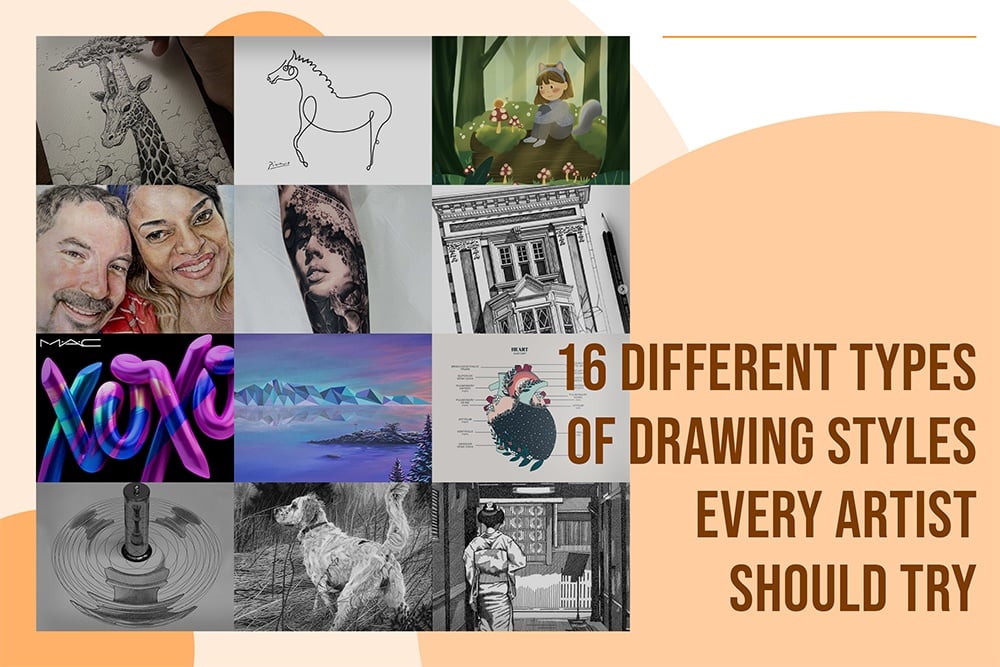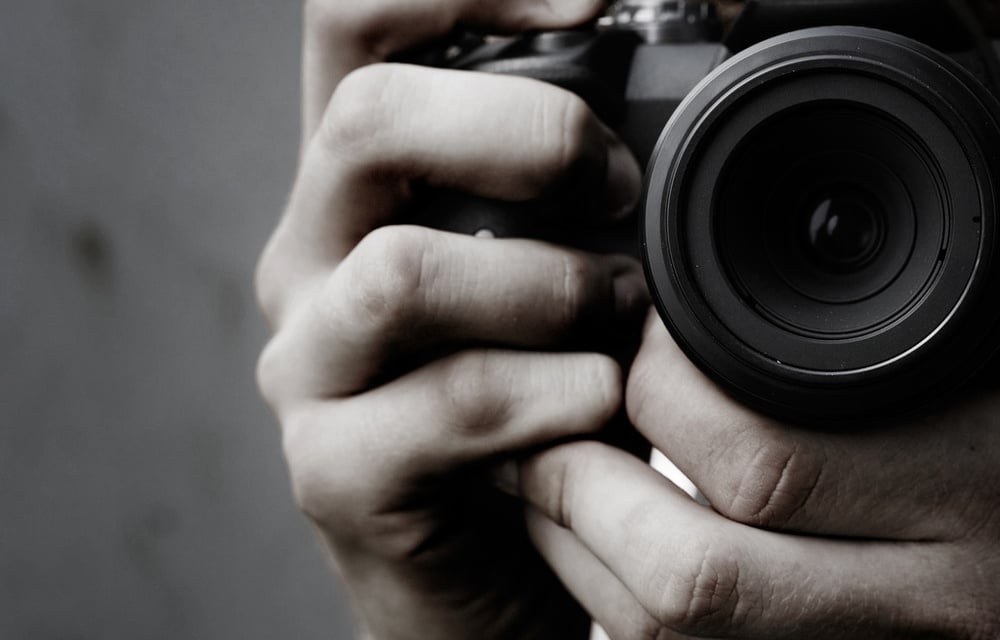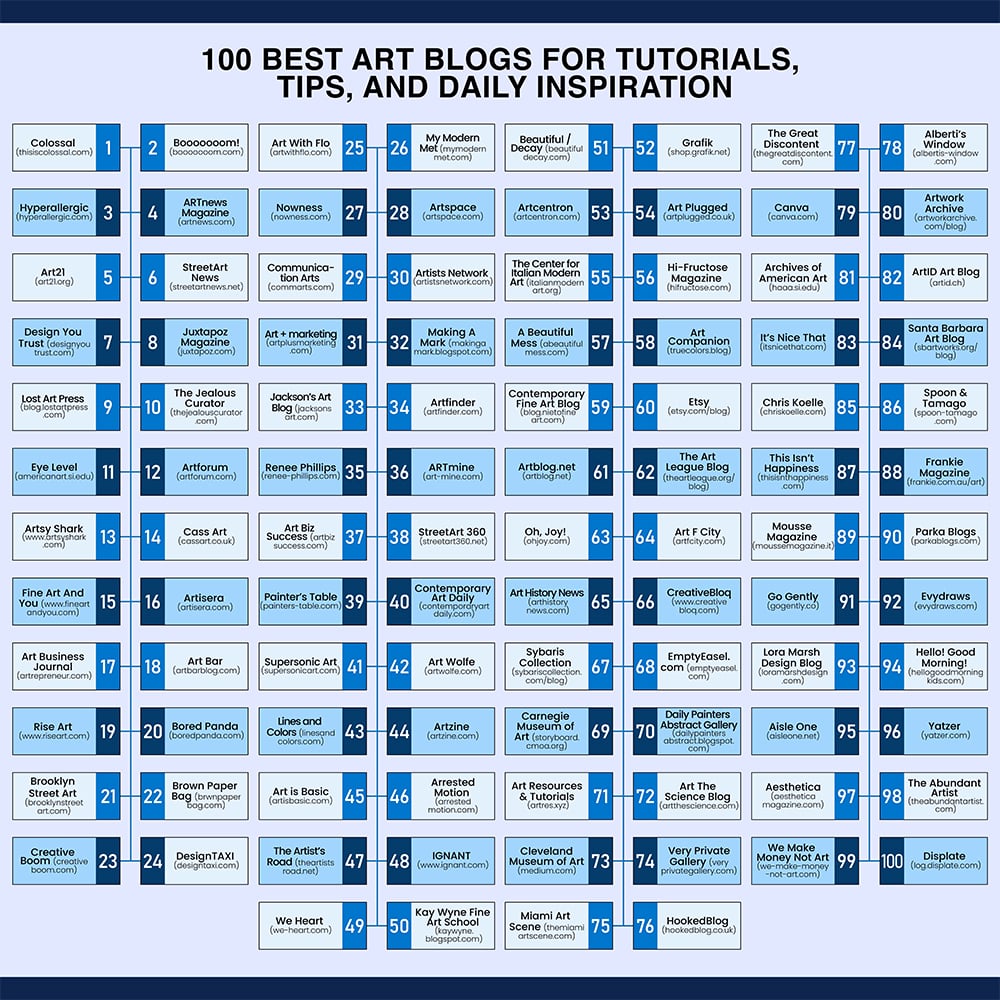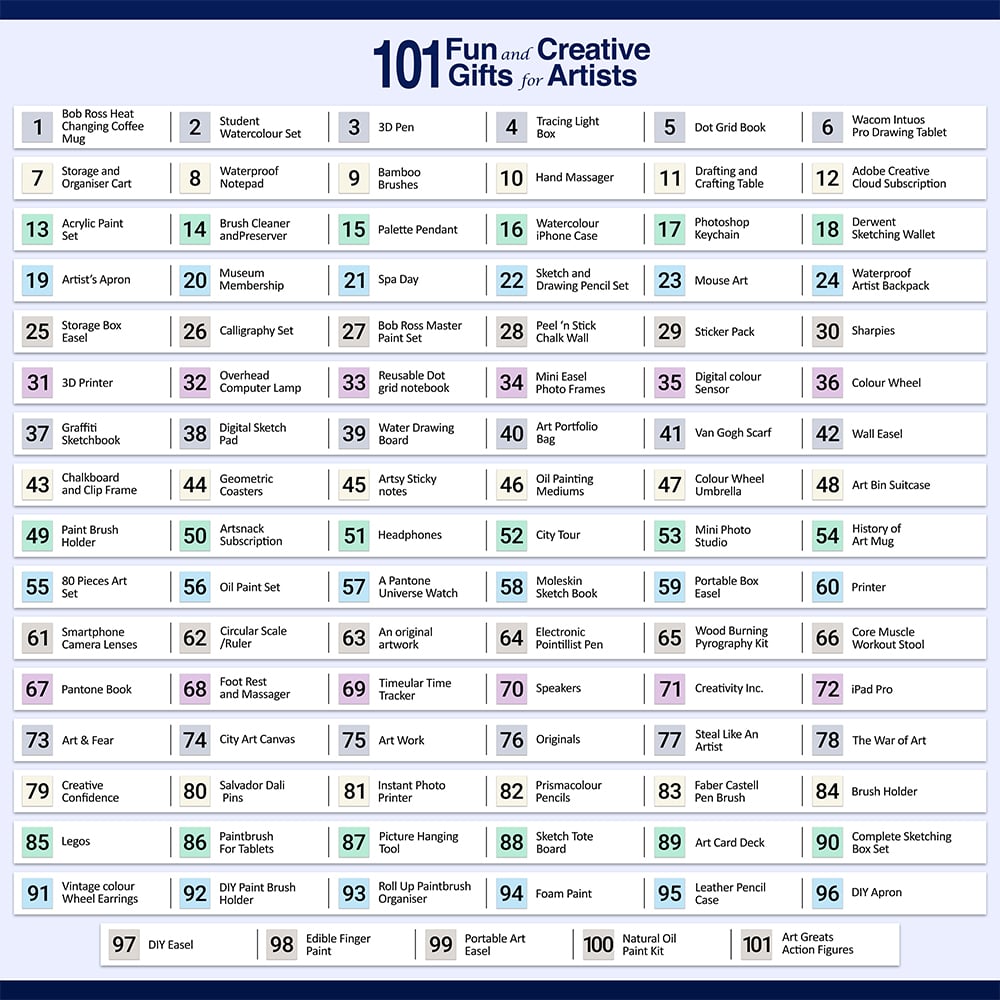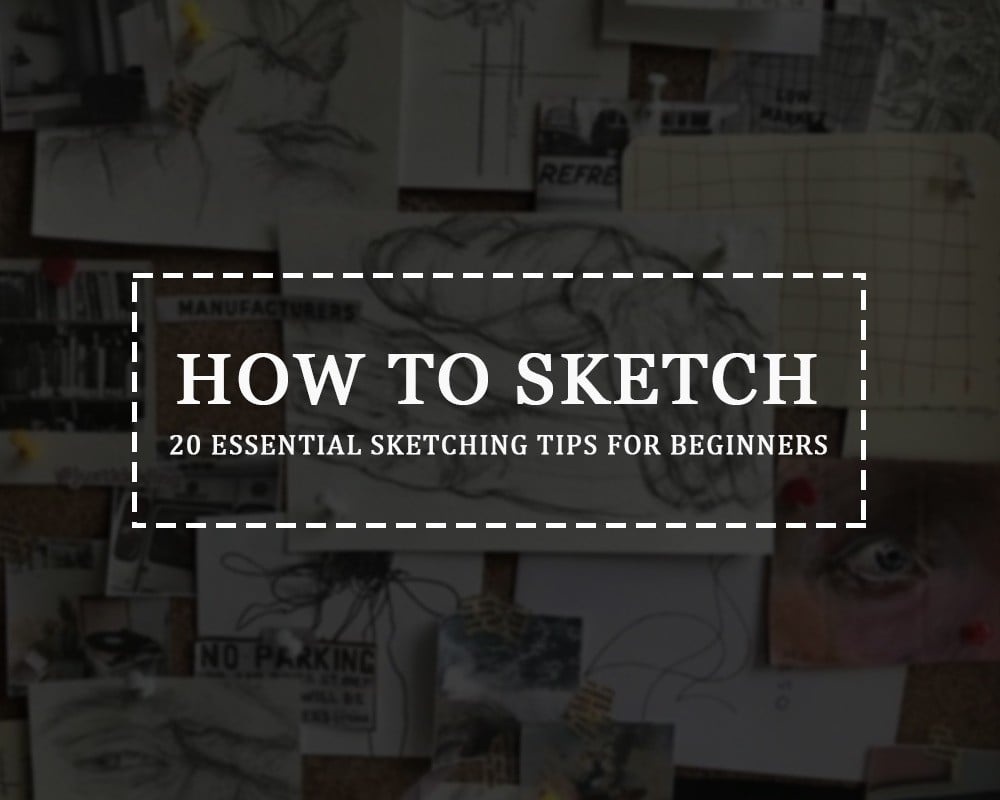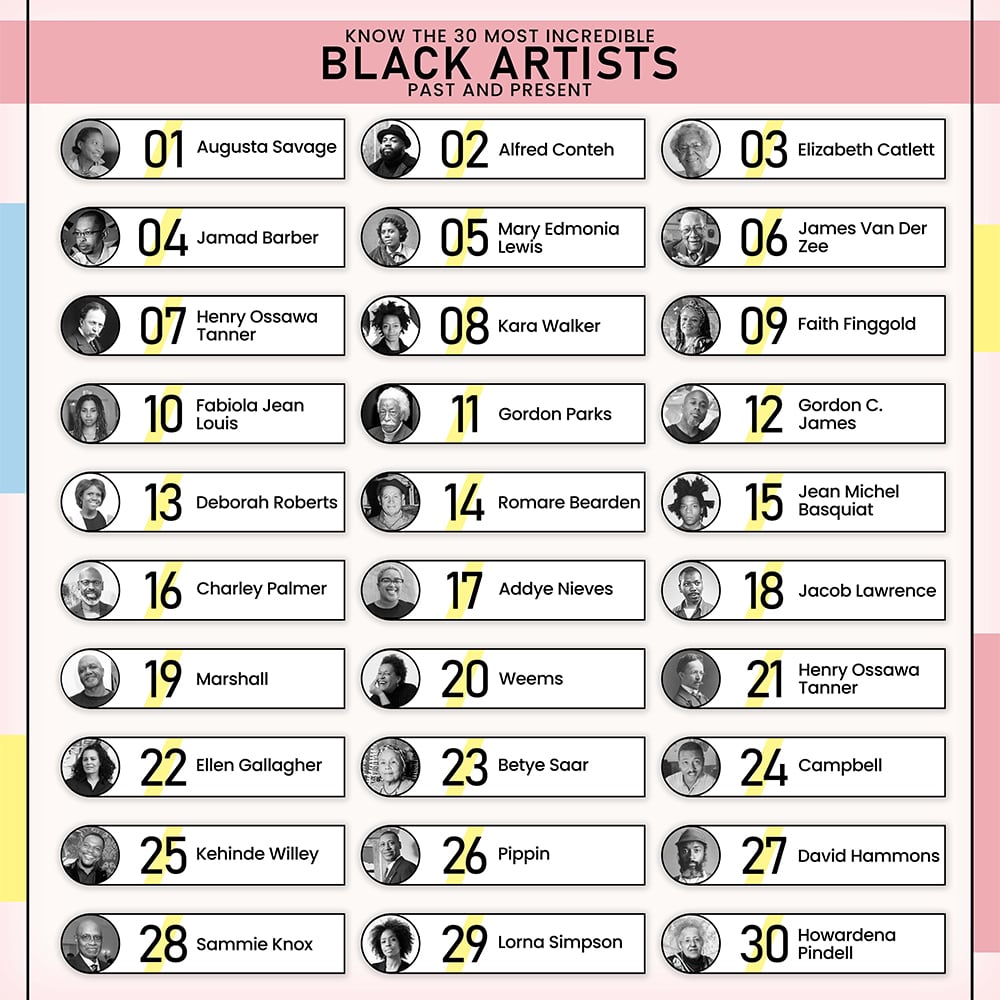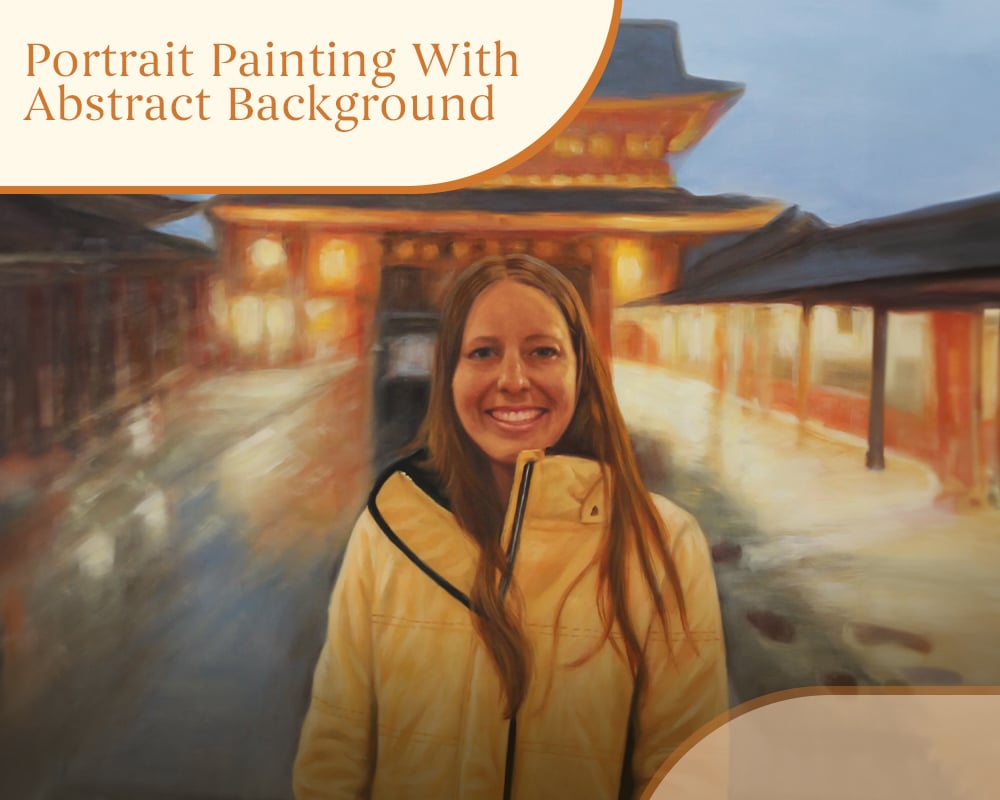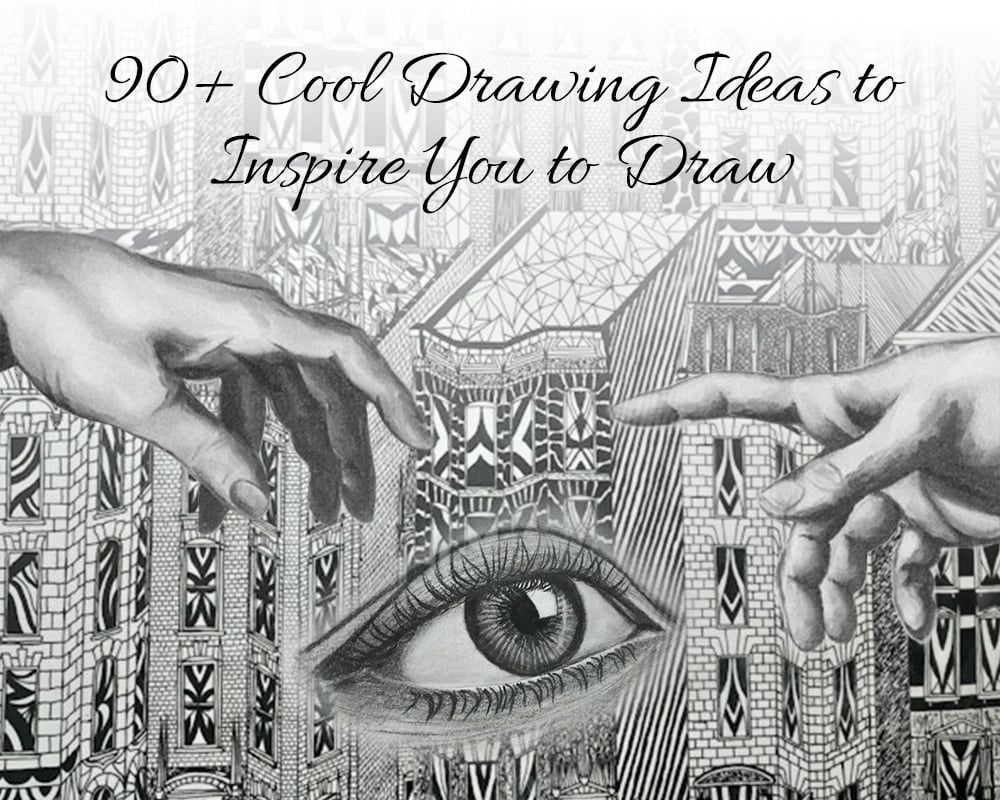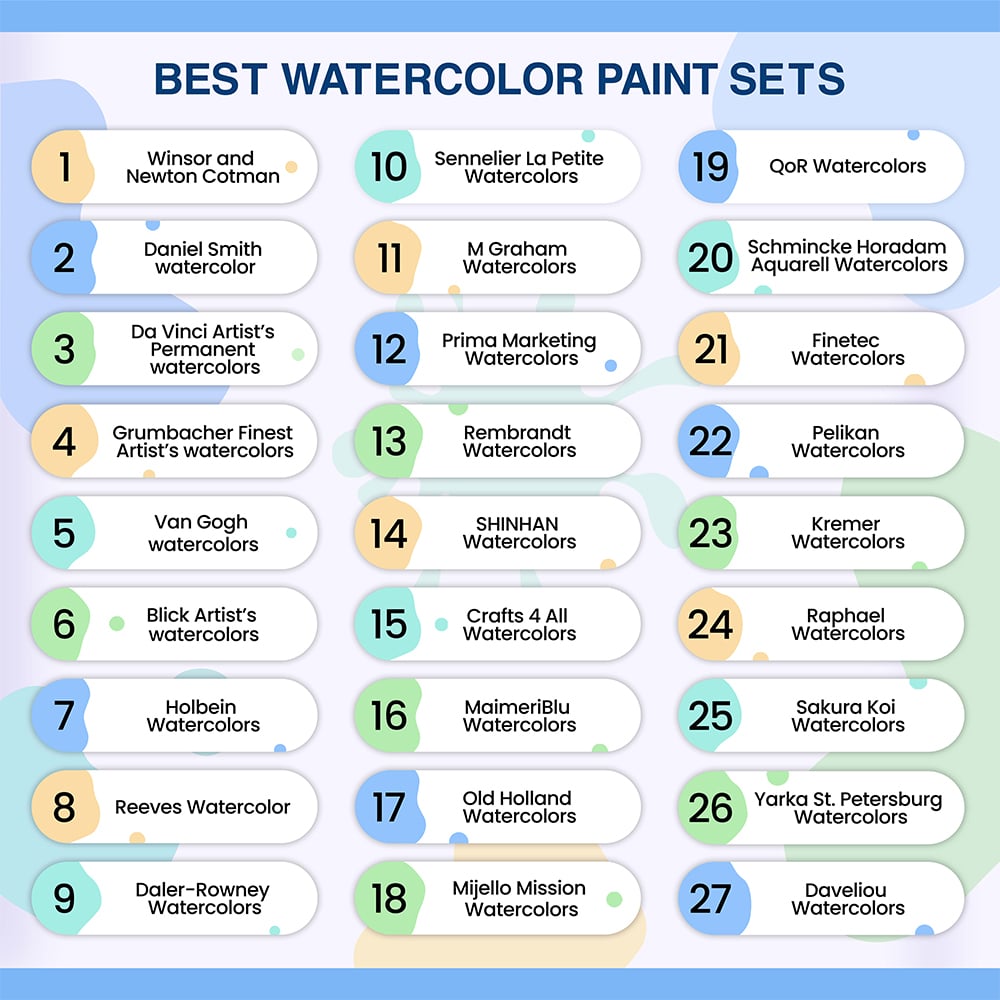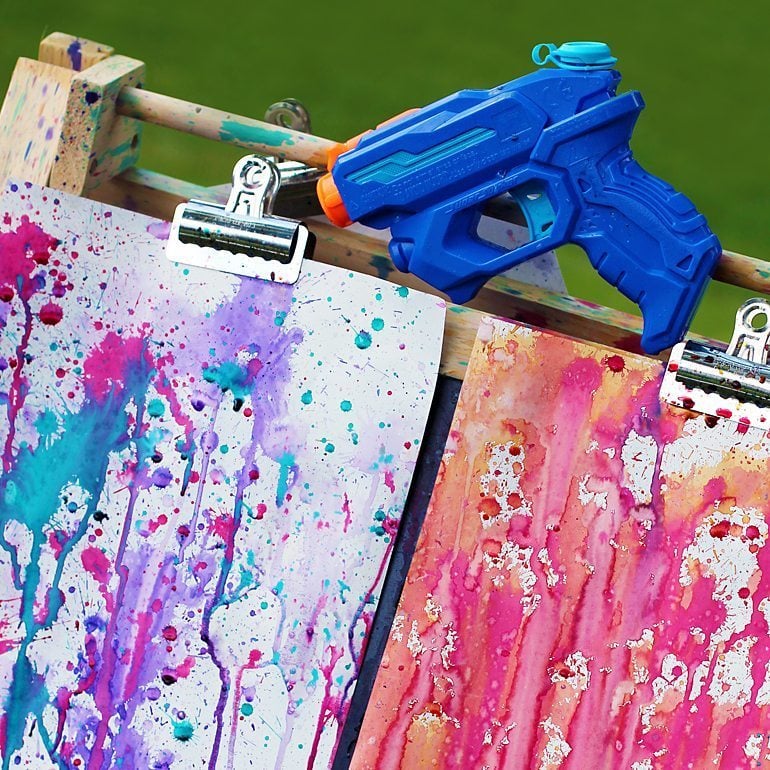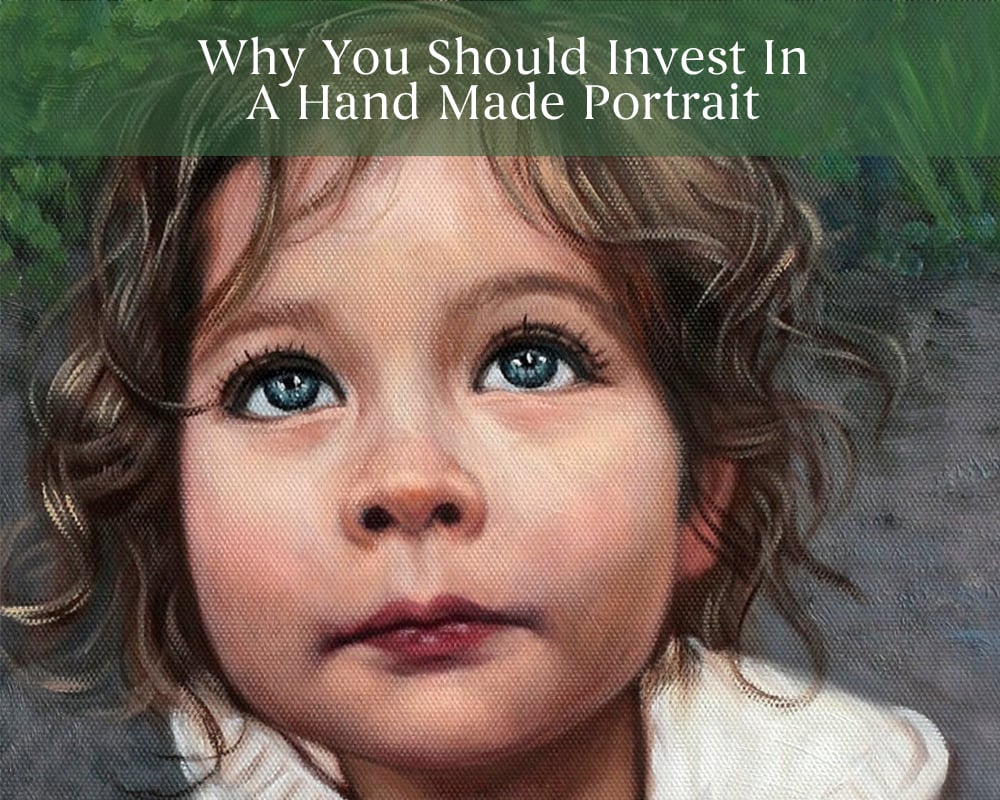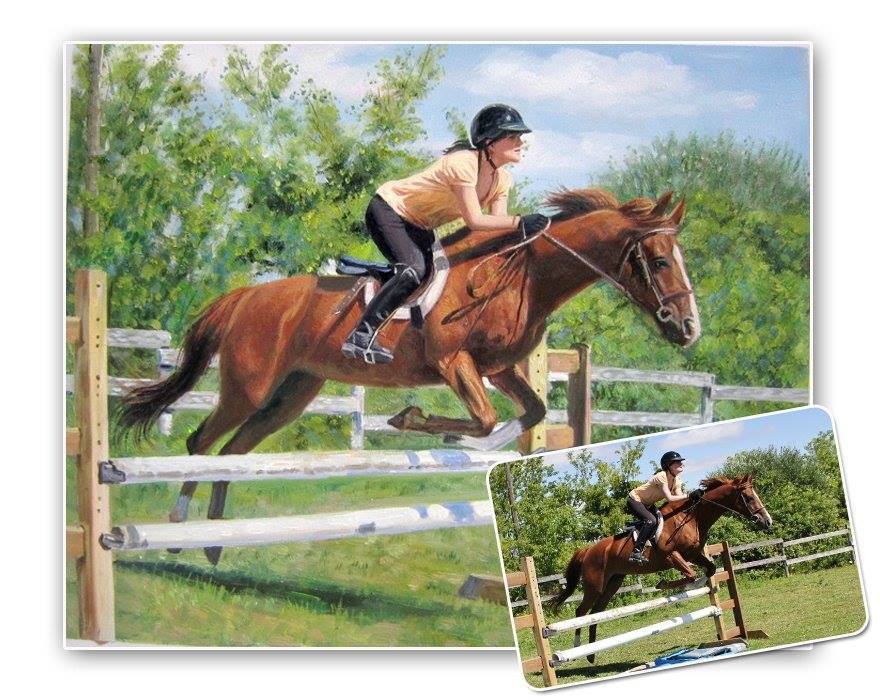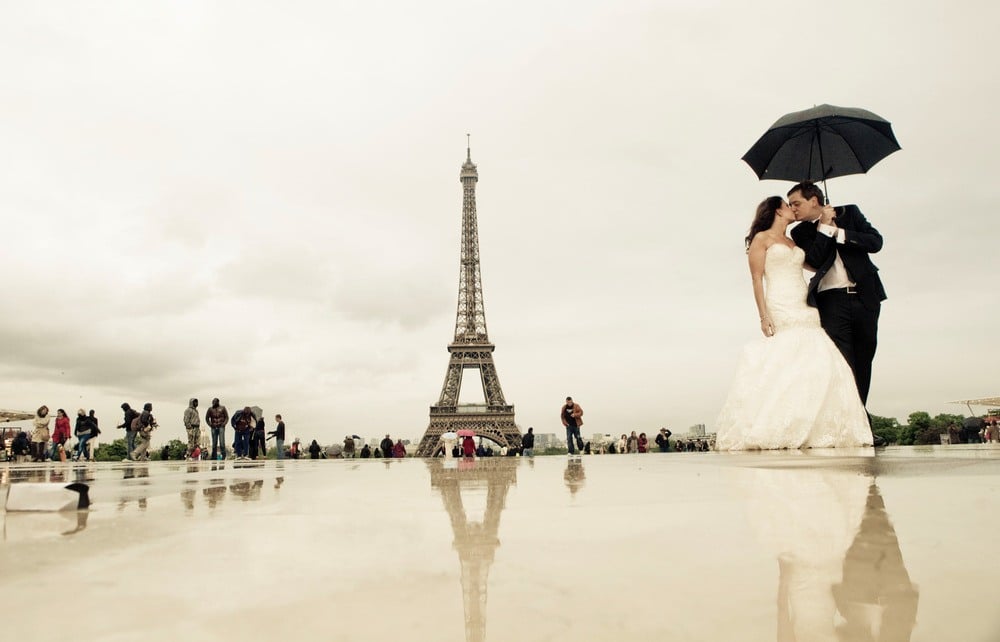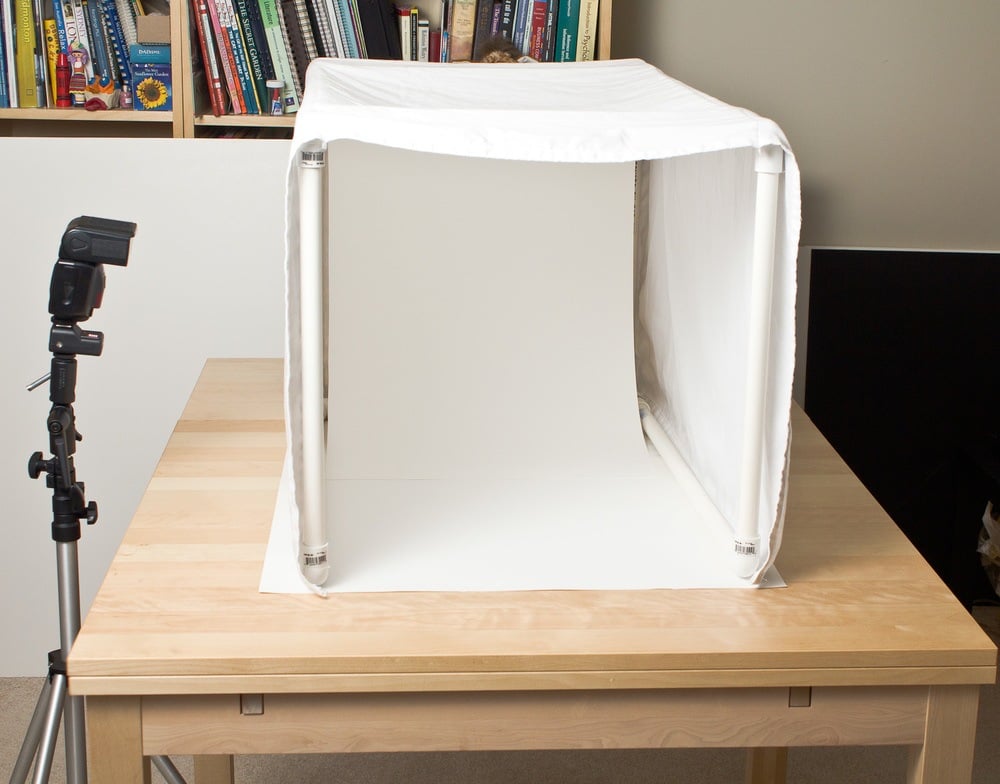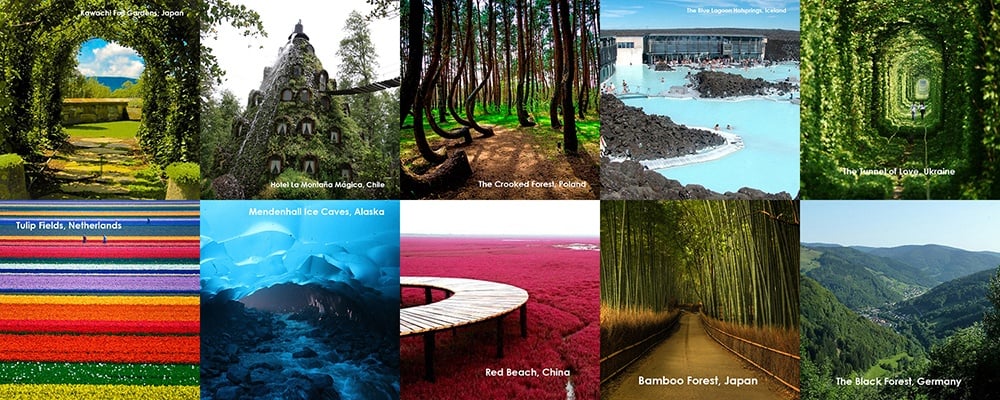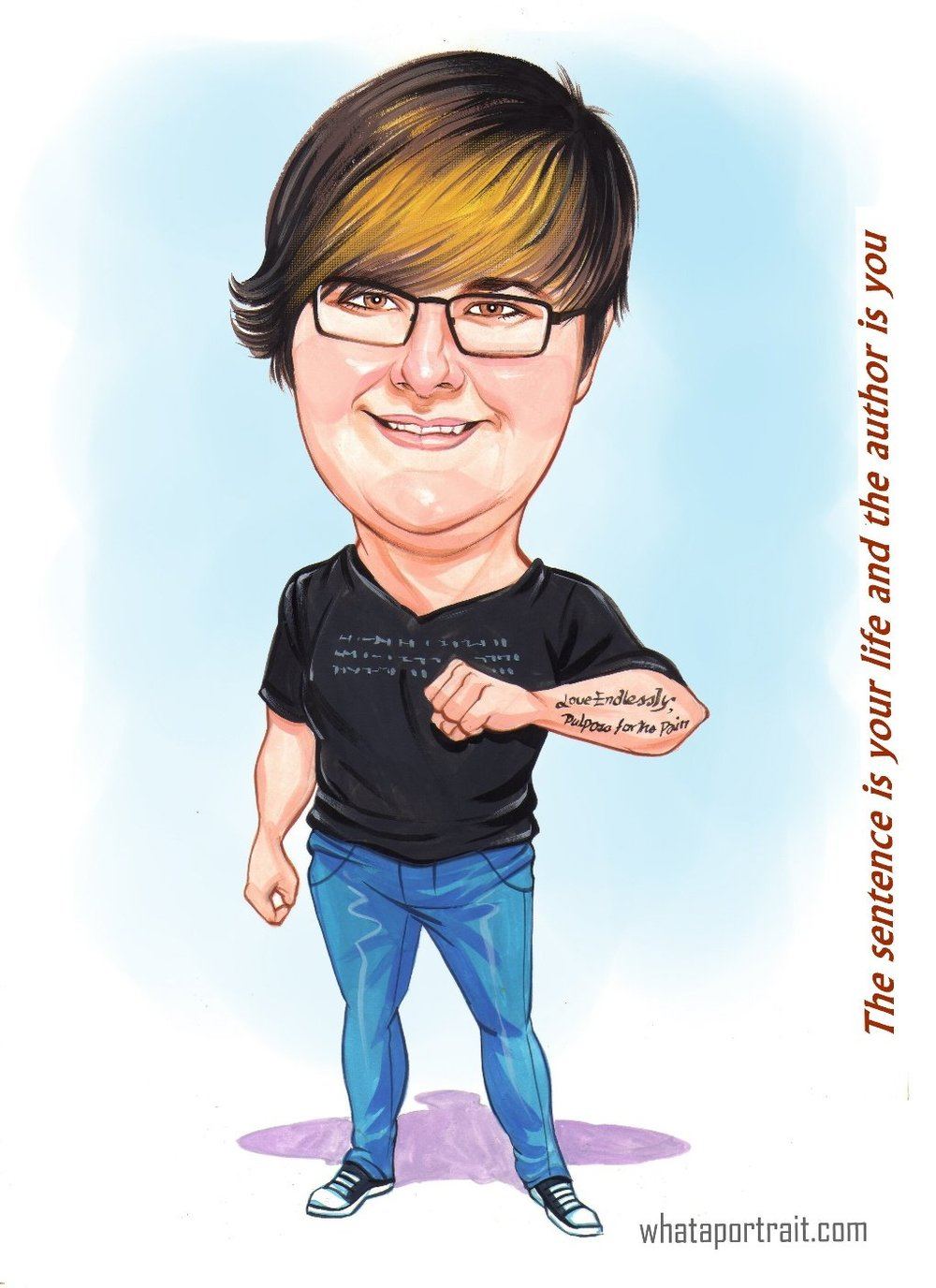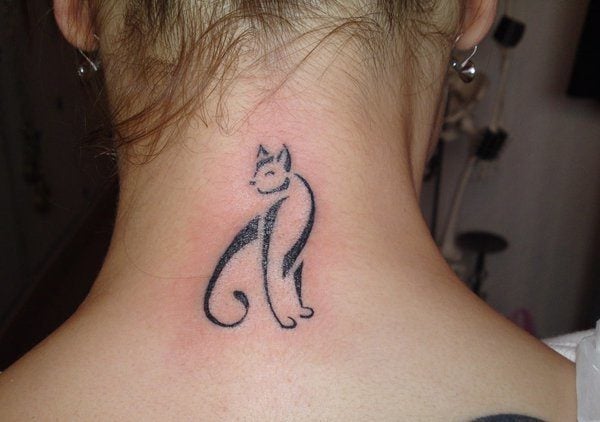Without a doubt, horses are God’s most magnificent creations. Their graceful, royal movement and long-flowing manes make them the most admirable creatures. Since prehistoric cave times, humans and horses have shared a loyal and affectionate bond.
As humans began to tame horses, they started appreciating and valuing their presence. Soon, horses became humankind’s best companions and therapy animals. These intelligent domesticated creatures have also been artists’ favorite to portray in paintings.
Over centuries, the art industry has seen growth and transition in equestrian art. These paintings are a beautiful display of horses' power, elegance, and fineness. Whether in realistic or abstract portrayal, equine art always captivates and inspires the viewers.
Horse portrait paintings have a rich and long history spanning centuries. So, let us explore it by looking at some classic horse artwork of art history. This article will guide you through the famous horse paintings that gained recognition over time. We will also learn about the most renowned horse painting artists of all time.
So, read on to acquaint yourself with the most famous equestrian paintings.
What is Equestrian Artwork?
Equestrian artwork refers to the paintings dedicated to the beauty and magnificence of horses. This unique art focuses on the intricate details of a horse’s muscular body, flowy mane, slender legs, and other attributes. These art pieces portray a horse's inert qualities of courage, resilience, and elegance.
Since the dawn of art, equestrian paintings have been a popular art style. These artworks even displayed the beautiful connection between the horses and their owners. It was a testament to trust, respect, and tenderness.
Equestrian art is not just about representing but celebrating the existence of horses. Even today, artists continue to create these exquisite pieces in various art forms and styles. These contemporary styles include realism, impressionism, minimalism, and more.

Credit: The Field Magazine
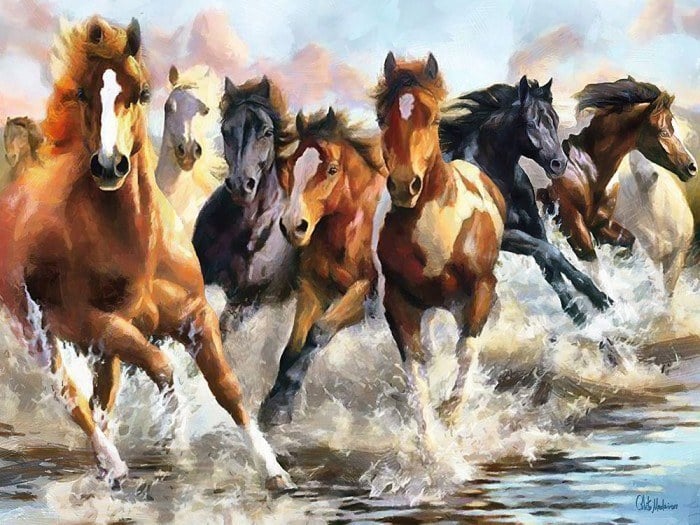
Credit: Art Avenue
The Symbolism of Horse Paintings
Since the evolution of humanity, horses have supported society in every venture. From battlefields to landscapes and royal estates to sports, horses have marked their presence in multiple spheres and scenes. These treasured species have always been part of human everyday life and experiences.
During the Medieval era, people considered Equestrian paintings a symbol of prestige and status. Royal patrons and aristocrats commissioned horse paintings to showcase their nobility and regality. It even elevated the social standing of monarchial dynasties.

Credit: The Sydney Morning Herald

Credit: Aramco
Apart from it, horse paintings symbolize success, endurance, and commitment. Hanging horse artwork signifies growth and movement, attracting positivity and progress. Horse racing paintings convey the camaraderie between racehorses and their riders.
Thus, equine art is a blend of beautiful art styles giving out the message of vitality and stability. Though the style has changed, the genre retains its relevance in the present day.
A Brief History of Paintings of Horses
From the earliest cave paintings to modern art, artists have depicted horses on every occasion. Like dogs, horses also have a recurring appearance in paintings and sculptures. These art pieces exemplify sheer beauty and excellence and are a treat to the eyes.
The first instance of equestrian art traces back to the Lascaux cave paintings. This famous prehistoric horse painting is estimated to be 17000 years old. Art historians recognize it as an extensive example of the Palaeolithic age. In 1979, UNESCO gave Lascaux Caves the title of UNESCO World Heritage Site. This initiative boosted the cave’s prestige and honor.

Credit: Medium

Credit: Wikipedia
In Greek mythology, horses depicted man’s dominance over the environment. Greeks believed in the majesty of horses and their inert powers of controlling nature. They were the symbols of power and wealth and the companions of gods and powerful heroes.
In ancient Rome, the bronze sculptures of emperors on horsebacks were quite prevalent. These statues depicted military forces' authority and efficiency in conquering kingdoms. The high stature of leading figures sitting on a horse defined strength beyond human capability.
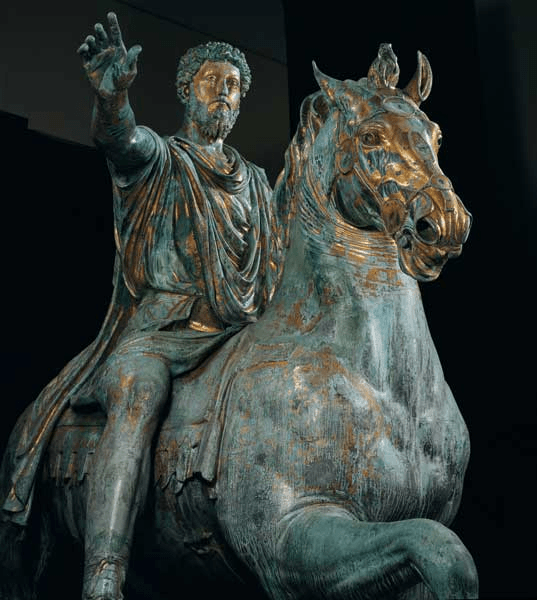
Credit: Musei Capitolini
Horse paintings gained widespread popularity during the Renaissance period. The royal families commissioned artists to paint portraits of themselves riding on horseback. Some 16th-century well-known horse painting artists included Leonardo da Vinci, Raphael, Titian, etc.

Credit: The Metropolitan Museum of Art
The rich tradition of equine art continued to prosper in the Baroque era. Artists like Peter Paul Rubens and Antony Van Dyck often painted horse images. The three common poses of horse art included horses standing still, slow trotting, or balancing on hind legs.
During the Impressionist movement, equestrian portraits became famous because of horse sports. Artists painted scenes of a horse race with steeds in motion. Some notable impressionist painters were Edgar Degas, Benjamin Marshall, James Wand, etc.
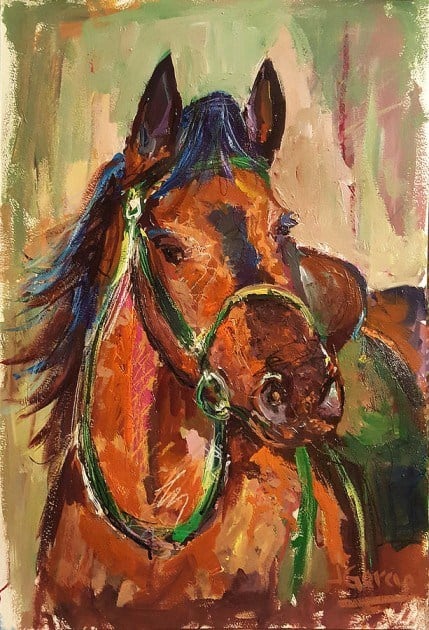
Credit: Pixels
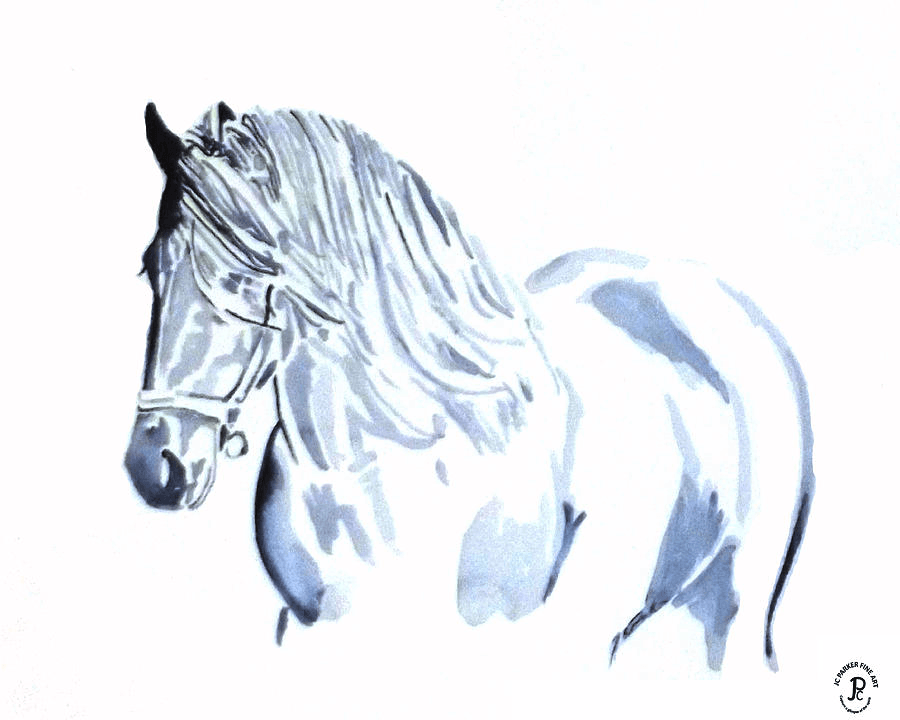
Credit: Fine Art America
Art historians regard George Stubbs, of the 18th century, as a prominent equine artist. Art enthusiasts recognize him for his accuracy in painting horses. By the 20th century, artists began painting horses in distinct art styles. These portraits took a contemporary turn with diverse poses, setups, and intentions. These chief modern art styles included cubism, surrealism, minimalism, etc.
13 Famous Equestrian Paintings
We have now discussed the significance and historical importance of a horse painting. In this section, we will explore the most famous horse paintings appreciated and relished worldwide.
-
1. Chinese Horse at Lascaux Cave
‘Chinese Horse’ at Lascaux Cave is one of the oldest prehistoric cave paintings in art history. Discovered in 1940, the horses in these artifacts resemble Sung Chinese horses, hence the name. The skilled cave dwellers painted the caves at Lascaux, France, between 15000 to 13000 BCE.
The Lascaux cave walls comprise thousands of portrayals of human figures, animals, and abstract works of art. According to archeologists, people made these illustrations using charcoal and earthy minerals. They used horse mane and animal skin to create brush-like fine, crisp strokes. These early artists used a hollow reed to blow paint within it to craft a spraying paint effect.

Original Lascaux Caves
Credit: History.com

Original Lascaux Caves
Credit: Research Gate
In 1943, the authorities opened these exquisite cave paintings for public visitation. But, in 1963, they sealed it again because of the irreversible damage caused by thousands of sightseers visiting daily. In 1979, Lascaux Caves gained the UNESCO World Heritage Site title because of its beautiful engravings and works of art.
Today, people can see the complete replica of the Lascaux caves in Montignac, France. In 2016, these imitated cave models, Lascaux IV, opened the adventure and magic of cave artwork for people. This is the fourth replication of the original caves.

Lascaux IV
Credit: Snohetta

Lascaux IV
Credit: Arch Daily
-
2. Napolean Crossing The Alps by Jacques-Louis Davis
‘Napolean Crossing The Alps’ is an admired portrait of the powerful general Napolean Bonaparte. This five-series oil-on-canvas portraiture commemorates Napolean’s victorious conquest against Austria.
Napoleon Bonaparte was a renowned French military commander and political leader. Under his leadership, he directed several successful war campaigns. He, along with his armies, conquered invincible revolutionary feats. One such military venture was the triumphant march into the Swiss Alps to reinforce the army troops there.
Jacques-Louis Davis painted ‘Napolean Crossing The Alps’ between 1801-1805 to celebrate the Alps’ win. The artwork portrays the heroic moment when Napolean reached the summit through the Great St. Bernard Pass in 1800. It features the valiant general Napolean leading his troops toward the Swiss Alps.
This horse art is Jacques-Louis Davis's most notable painting. The painting focuses on Napolean riding the Arab stallion, with the wind blowing both his hair and the horse’s mane. In the background, one can see the army troops, with carriers and cannons striding forward. Napoleon’s body language and movement signify his bravery and valor. Today, Château de Malmaison, in France, houses this iconic painting.


Credit: Wikipedia
-
3. A Lion Attacking A Horse by George Stubbs
George Stubbs is one of the eminent animal painters credited for revolutionizing animal paintings. Influenced by the theme of painting horses, Stubbs gained mastery of the anatomy and nature of the animals. He grasped the art of drawing realistic creatures through investigative studies and animal dissections.
His contributions to the equestrian genre gave Stubbs recognition in European art history. His passion for painting steeds and stallions was evident in his many artworks. He created horses in various conditions, from calm, serene setups to violent themes.

Credit: Wikipedia
Stubbs's favorite subject was the dramatic series of fighting horses and lions in deadly warfare. He explored and experimented with this combating scene for over thirty years, almost seventeen times. George Stubb created several versions of stalking and attacking lions and terrorized horses.
In the painting, ‘A Lion Attacking A Horse,’ one can see a fatal conflict between the wild, mighty lion and a beautiful horse. Created between 1762 to 1763, the masterpiece represents the king of the jungle pouncing upon the equine. The artwork shows a terrifying encounter between the two animals.
In Roman mythology, the dominance of the lion over the horse represented ferocity and strength. However, other cultures regarded a horse's death as a loss of grace and humanity. Art critics credit this animal rivalry painting series as one of the first Romantic paintings from an English artist.

Credit: Top of Art

Credit: Tallenge Store
-
4. The 1821 Derby at Epsom by Theodore Gericault
During the early 19th century, Theodore Gericult emerged as one of the most prolific painters in France. His masterpieces like ‘The Raft of Medusa’ and ‘The Charging Chasseur’ were among his best-known paintings. The brilliance and precision in his works of art captivated viewers and caught their attention.
Fascinated by the elegance and grace of horses, Gericault dedicated many of his paintings to themes related to horses. He even worked at the royal stable in Versailles to acquaint himself with the various types of steeds and their attributes. During his short stay at Versailles, he comprehended more about horses and their uses.
During his visit to England in 1821, horse merchant Adam Elmore commissioned Gericault to create horserace paintings. This is when ‘The 1821 Derby at Epsom’ came into existence. This classic horse art focuses on the four jockeys racing their horses in a close pack.
The painting had a dynamic depiction of equines at full speed with all front and back legs hanging mid-air. Yet, after the arrival of photography, people concluded that this horse portrayal was inaccurate.
Theodore Gericault himself was an avid horse rider. But, severe multiple riding accidents worsened his health at a young age. Yet, Gericault created some of the most famous horse paintings in his short lifetime. Today, the Louvre Museum in Paris, France, houses this vigorous race-themed artwork.
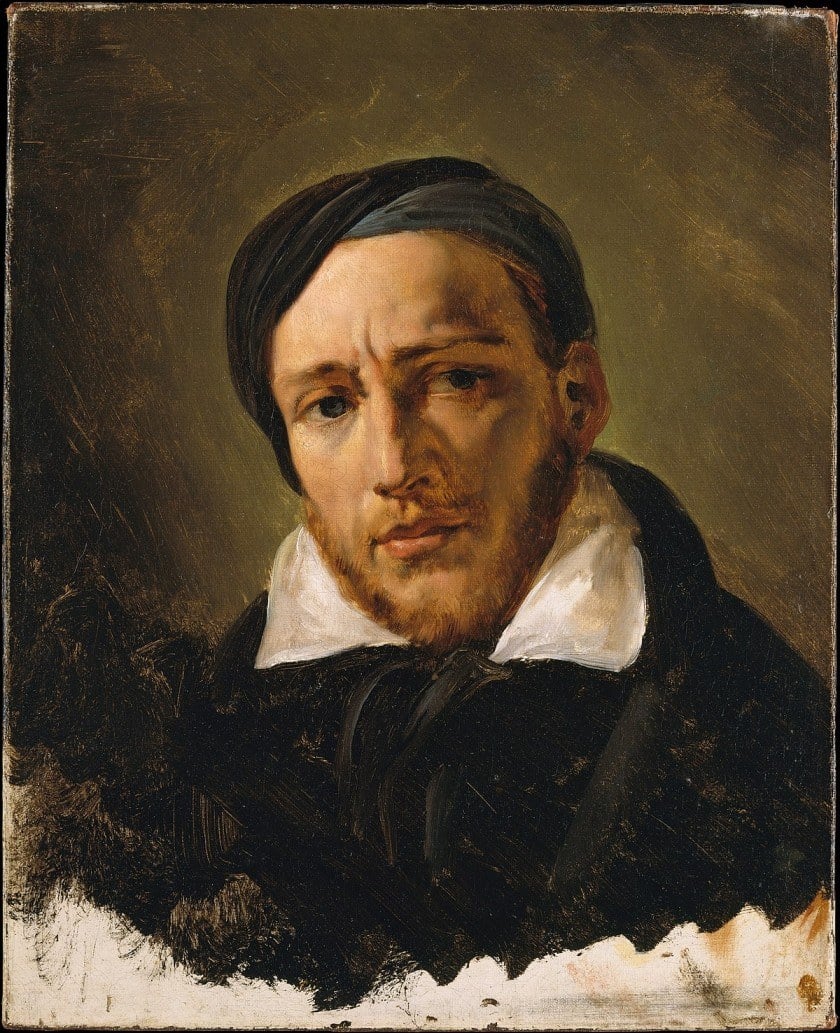

Credit: Wikipedia
-
5. The Horse Fair by Rosa Bonheur
Acclaiming popularity in the 1800s in France, Rosa Bonheur was among the only female horse painting artists. Rosa came from a family of promising artists and thus showed interest and dedication in making art pieces from a young age.
Bonheur's love for animals, especially horses, inspired her to be an equestrian artist. After receiving initial training from her father, Rosa often made preliminary sketches and drawings. Her observation method led her to visit slaughterhouses frequently and attempt dissection. This practice helped her gain anatomical knowledge and bring accuracy to her paintings.
‘The Horse Fair’ by Rosa Bonheur was one of the most appreciated paintings during the Realism movement. Rosa visited the horse market twice weekly to make her masterwork for a year and a half. Her preparation included observing the equine subjects and making preliminary sketches.
In 1852, she began her oil-on-canvas painting and displayed it at Paris Salon in 1853. The artwork gave a scenic view of groomed horses marching toward the horse market. The remarkable accuracy of her painting received praise and appreciation from the viewers.
However, the merchants at the marketplace discouraged a woman's visit to the fair. Thus, to avoid regular harassment, Bonheur took permission from the Parisian police to wear men's attire. She took this step to save herself from the undue attention she received.
In 1855, Rosa made some minor changes to her painting, and since then, ‘The Horse Fair’ remains a distinguished artwork. In the present day, the Metropolitan Museum of Art in New York houses the art piece.


Credit: Wikipedia
-
6. Lady Godiva by John Collier
John Maler Collier was an eminent self-taught artist who painted in the Pre-Raphaelite style. He mastered the art of representing historical events of native England through his art. During his lifetime, he created several pieces of art with exquisite details. One such stunning artwork of Collier, celebrated in the 19th century, is ‘Lady Godiva.’
This painting is Collier’s interpretation of the folklore of the Anglo-Saxon noblewoman Lady Godiva. Painted in 1898, this work of art centers around a naked Lady Godiva’s protesting horse ride in the streets of Coventry.
Lady Godiva was the wife of Leofric, the Earl of Mercia. She was also a patron of various churches and religious centers. According to mythology, this heroic incident dates back to the 13th century. It happened when Lady Godiva protested against her husband because of the unfair taxation imposed on tenants.
Lady Godiva felt pity for the Coventry people and requested his husband to reduce the tolls. Finally, she undertook the action of riding naked on a horse across the town’s street. In his painting, John Collier tried to represent his rendition of the historical episode.
The famous horse painting portrays Mab Paul, an artist model of that century, sitting naked on a white stallion’s back. The model’s long hair, royal robe, horse saddle, and halter reflect high realism. Today, one can witness the ‘Lady Godiva’ painting in Herbert Art Gallery and Museum, Coventry.

Credit: Wikipedia

Credit: Wikimedia Commons
-
7. Horse Frightened By a Thunderstorm by Eugene Delacroix
One of the most prolific painters of the French Romantic movement, Eugene Delacroix is a celebrated artist of the 19th century. Delacroix was known for his vibrant use of colors and innovative techniques. He painted several artworks in the Romanticism era.
Delacroix is known for painting horses near the seashores and in grasslands. His painting, ‘Horse Frightened by a Thunderstorm,’ was greatly inspired by the work of Theodore Gericault. This equestrian art features a horse petrified by the sudden jolt of a thunderstorm.
The painting presents a blackened dark sky lit by the lighting strides in the clouds. The white stallion, terrified by the fierce bolts, rises in reaction. Art critics admire this painting as symbolic of power, intense emotions, passion, and royalty.
This watercolor on paper artwork is one of the best pieces of animal portraiture. The bold use of colors and detailed brush strokes captures the essence of the horse’s emotions. Since 1934, The Museum of Fine Arts, Budapest, Hungary, has housed this exquisite artwork.

Credit: Wikipedia

Credit: Google Arts and Culture
-
8. At the Races by Edgar Degas
Edgar Degas was one of the prominent French impressionist artists. He excelled in pastel drawings and oil paintings. Degas created artworks depicting motion and movement through his unique style and techniques.
Edgar Degas liked showcasing the social life of French people. He often painted art pieces that expressed the social stature of elites. Many of his paintings focused on surrounding horse races and scenic surroundings.
One such oil painting, ‘At the Race,’ is a dynamic, action-filled artwork portraying racing horses in an outdoor location. It took Degas three months to complete this blend of conservative and naturalistic art styles. The depiction included steeds with their human riders in motion and at rest.
‘At the Race,’ with the perfect balance of light, color, and shadows, makes for a striking composition. The close-ups and distant perspectives end up creating the art piece interesting. This delightful picturization radiates the dignity and grace of equines and their jockeys. Currently, the Musée d'Orsay of France possesses this impressionist painting.

Credit: Wikipedia

Credit: Total History
-
9. Blue Horses by Franz Marc
One of the leading figures of the German Expressionist movement, Franz Marc, created ‘Blue Horses’ in 1911. Marc was a spiritual being who believed animals were pure creatures close to God. Marc often created animals in his paintings, and thus, people recognized him as one of the famous horse painters.
Like other artists of the 20th century, Marc also chose a more surreal and abstract painting style. He even believed in the symbolic use of colors and used specific colors to depict particular reasons. He said yellow depicted femininity, and blue portrayed masculinity and spirituality. Likewise, red was symbolic of violence and destruction.
In his painting, ‘Blue Horses,’ Marc used shades to convey distinct messages. The blue horse represented the masculinity and nobility of the equines. The color background with red and yellow curved lines defined the materialistic world.
Franz Marc took an abstract approach while painting his classic masterpiece. His art piece symbolized the spiritual war in a primal world. Created in 1911, ‘Blue Horses,’ was a memorable work of art in Marc's short lifespan.

Credit: Wikipedia

Credit: The Marginal
-
10. La Femme Au Cheval by Jean Metzinger
During the early 20th century, the Cubism movement had picked pace among artists of Europe. In Cubism, the artists brought different angles and views of a subject in a single composition. The paintings had many geometric shapes, a monochromatic color palette, and a flattened picture perspective.
Jean Metzinger was a French painter, celebrated and regarded as the master of Cubism paintings. His unique style of creating impactful artwork caught the attention of art critics. In 1911-12, Metzinger created one of his most famous horse paintings, ‘La Femme Au Cheval.’
‘La Femme Au Cheval’ is a large oil painting combining a human figure and a horse. This exquisite art piece blends multiple perspectives, aspects, and angles in one picture. Metzinger has integrated lines, curves, structures, and shapes to form a myriad of complexes.
Soon after the completion of the artwork, Jean Metzinger exhibited it at the Society of Independent Artists in Paris. There it received much acclamation and praise from the spectators for its unusual depiction. The National Gallery of Denmark houses ‘La Femme Au Cheval’ today.

Credit: The Art Story

Credit: Artsy
-
11. Two Riders on the Beach by Max Liebermann
One of the renowned German artists, Max Liebermann, was a leading figure of Impressionism in Europe. Max refined the art culture of Germany with his innovative techniques and painting methods. His most recognized horse paintings include ‘Two Riders on the Beach.’
Art history notes this magnificent artwork for its aesthetic appeal and tragic backstory. ‘Two Riders on the Beach’ was a set of two similar paintings produced by Liebermann. He painted these masterpieces during his vacation in Hague.
Liebermann created these art pieces as a self-portrait of himself and his companion riding the horses. The art emphasized the splendid beauty of the North Sea, the flowy tides, and the beautiful sky. It even focussed on the friendship between the two horseback riders, chatting along the way. Through his painting style, Liebermann reminded viewers of the works of Claude Monte and Edgar Degas.
However, the Nazis seized this painting and hundreds of others during World War II. The beautiful masterwork remained locked and looted for years until, in 2012, police forces investigated it. In 2015, the original ‘Two Riders on the Beach’ was auctioned at an astounding price and was sold to a private buyer. Today, this iconic painting lies in the private collection of a family.

Credit: Getty Images

Credit: Wikipedia
-
12. The Battle of Angihiari by Leonardo da Vinci and Peter Paul Ruben
The most exciting feature of ‘The Battle of Angihiari’ is it is not a painting but preparatory sketches and drawings. According to art historians, this joint artwork of da Vinci and Paul Ruben was never completed and executed. Yet, some believe that it is Leonardo’s lost masterpiece.
This painting was a combined project of two prolific painters, Leonardo da Vinci and Peter Ruben. They planned these charcoal sketches in 1440 during the Battle of Angihiari. The drawings focussed on the grim condition of the battlefield. The central idea of the painting revolves around the four military men on their war horses fighting to conquer empires.
The expressive and emotive qualities of ‘The Battle of Angihiari’ makes it an outstanding horse artwork. The Louver Museum of France holds possession of these sketches currently.

Credit: Wikipedia
-
13. A Start at Newmarket by Sir Alfred Munnings
Sir Alfred Munnings, a British Impressionist artist, dedicated most of his career to horse paintings. Munnings grew up in England and spent most of his time sketching equestrian portraits and the surrounding rural setups.
Sir Alfred Munnings gained recognition because of his majestic equine artworks. He spent most of his childhood exploring horse portrait paintingsHorse Portraits Paintings. Surrounded by animals, Munnings studied and analyzed animal anatomy by observing them.
‘A Start of Newmarket’ is Sir Alfred’s horse masterpiece showcasing steeds at the start of a race. The paintings present a horse and its rider's excitement at the beginning of horse racing. It captures the nervous energies and stillness one feels before a horse race.
Through his painting, Munnings draws our attention to the beauty and excellence of horses as creatures. It displays fascinating moments for the audience in anticipation before the race. Today, this magnificent art piece lies in the private collection of an art enthusiast.

Credit: Christie’s

Credit: Wikipedia
Conclusion
By this, we conclude our journey of exploring the art era’s most famous horse paintings. Equestrian portraiture is a stunning and timeless art form that people have appreciated over the centuries. Whether in paintings, sculptures, or photography, horses have been prevalent in every state.
The symbolic use of horses has etched its name in art history. It is interesting to see how horse art has evolved and how different artists have interpreted these animals in their unique ways. Thus, horse art was and will remain a crucial part of the art world.

